Project Name
Municipal Museum Abade PedrosaPosted in
CulturalLocation
Architect
Álvaro Siza VieiraProject Team
álvaro siza vieira, eduardo souto de mouraArea (sqm)
2156.83Client
Santo Tirso MunicipalityCompleted
2016More Info
coordinators: josé carlos nunes de oliveira, pedro guedes oliveira
collaborators: blanca macarron, diogo guimarães, ana patricia sobral, eva sanllehi, rita amaral
constructor: CARI construtores SA (MIEC), alberto couto alves, construções gabriel A.S. couto, ACE (MMAP)
| Detailed Information | |||||
|---|---|---|---|---|---|
| Project Name | Municipal Museum Abade Pedrosa | Posted in | Cultural | Location |
Unisco Godiniz Street, 100 - 4780-363 Santo Tirso |
| Architect | Álvaro Siza Vieira | Project Team | álvaro siza vieira, eduardo souto de moura | Area (sqm) | 2156.83 |
| Client | Santo Tirso Municipality | Completed | 2016 | More Info | coordinators: josé carlos nunes de oliveira, pedro guedes oliveira |
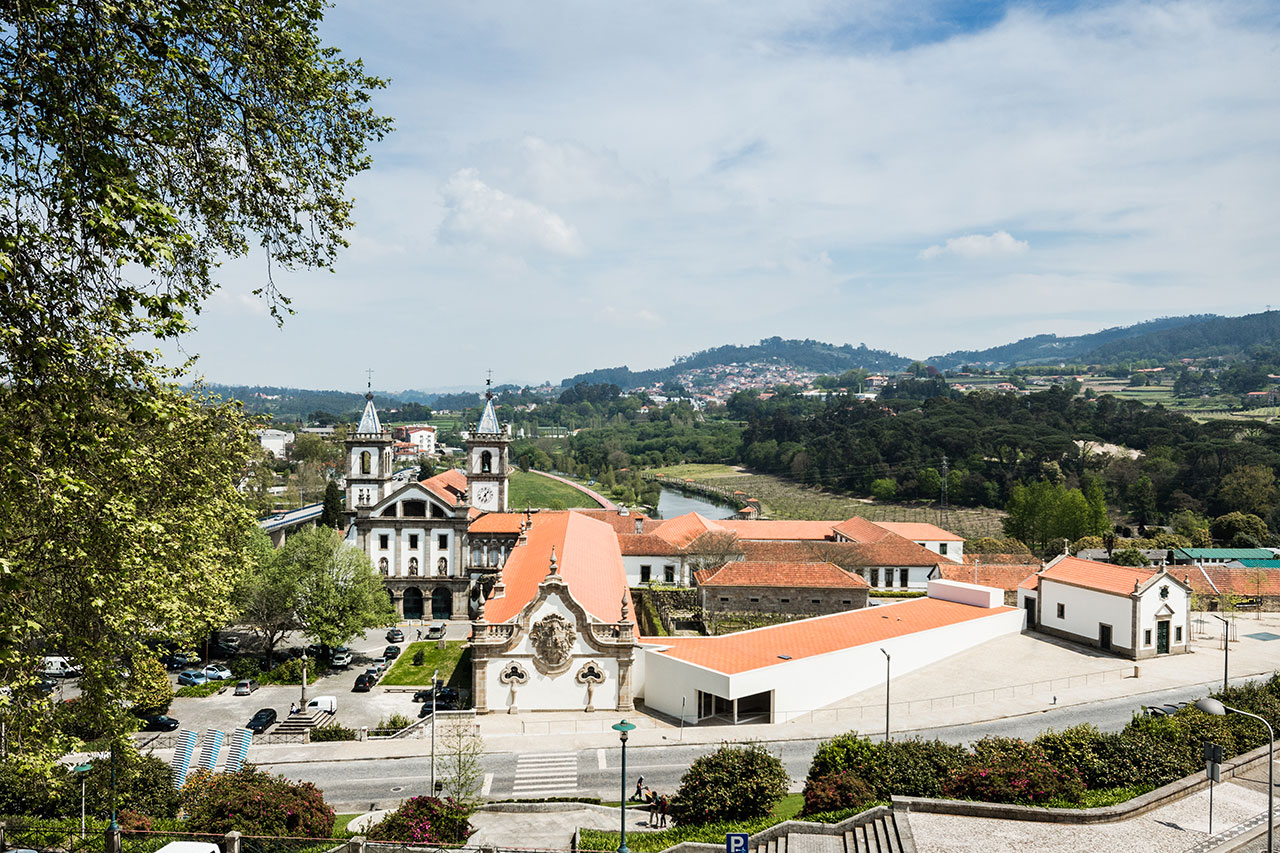
Photo by João Morgado.
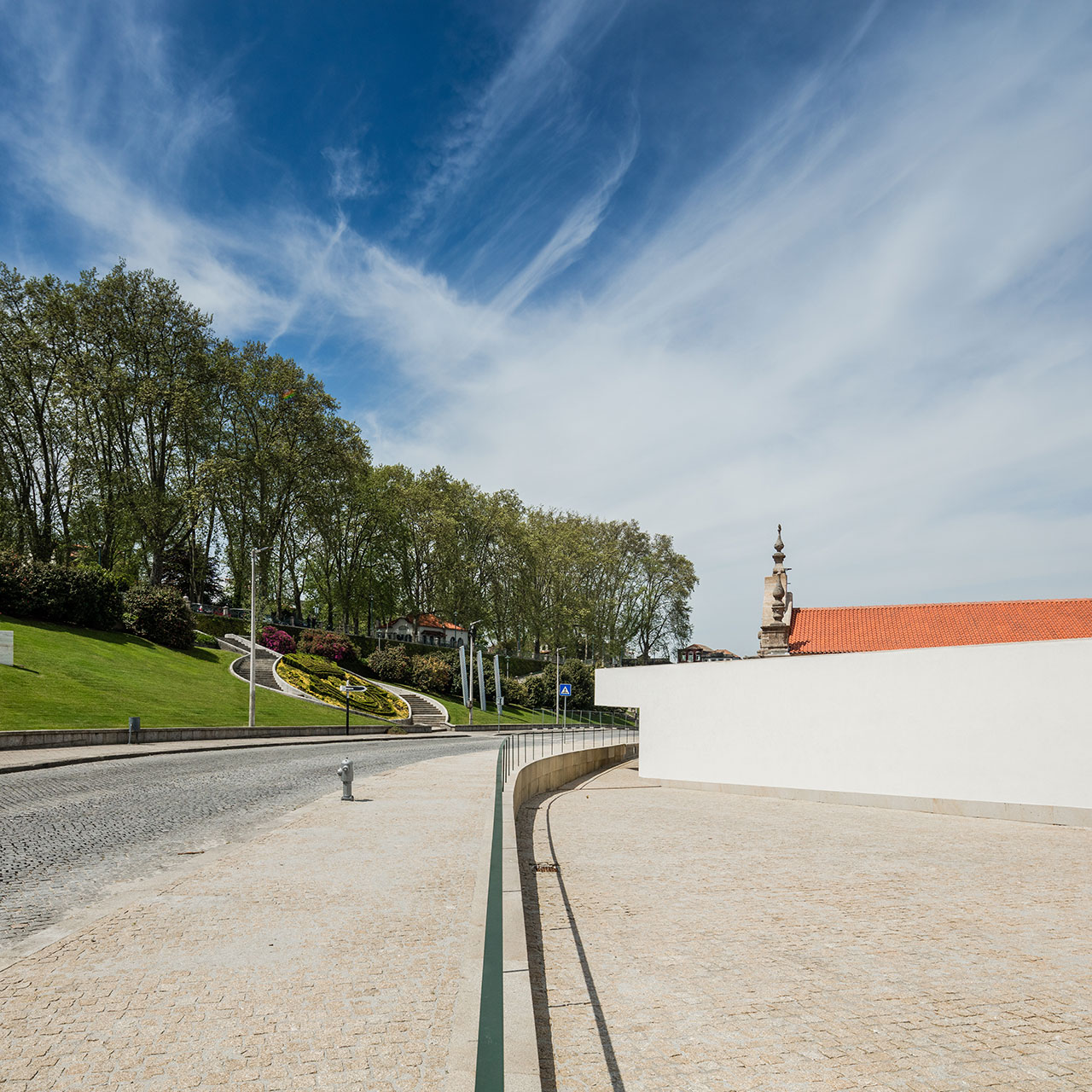
Photo by João Morgado.
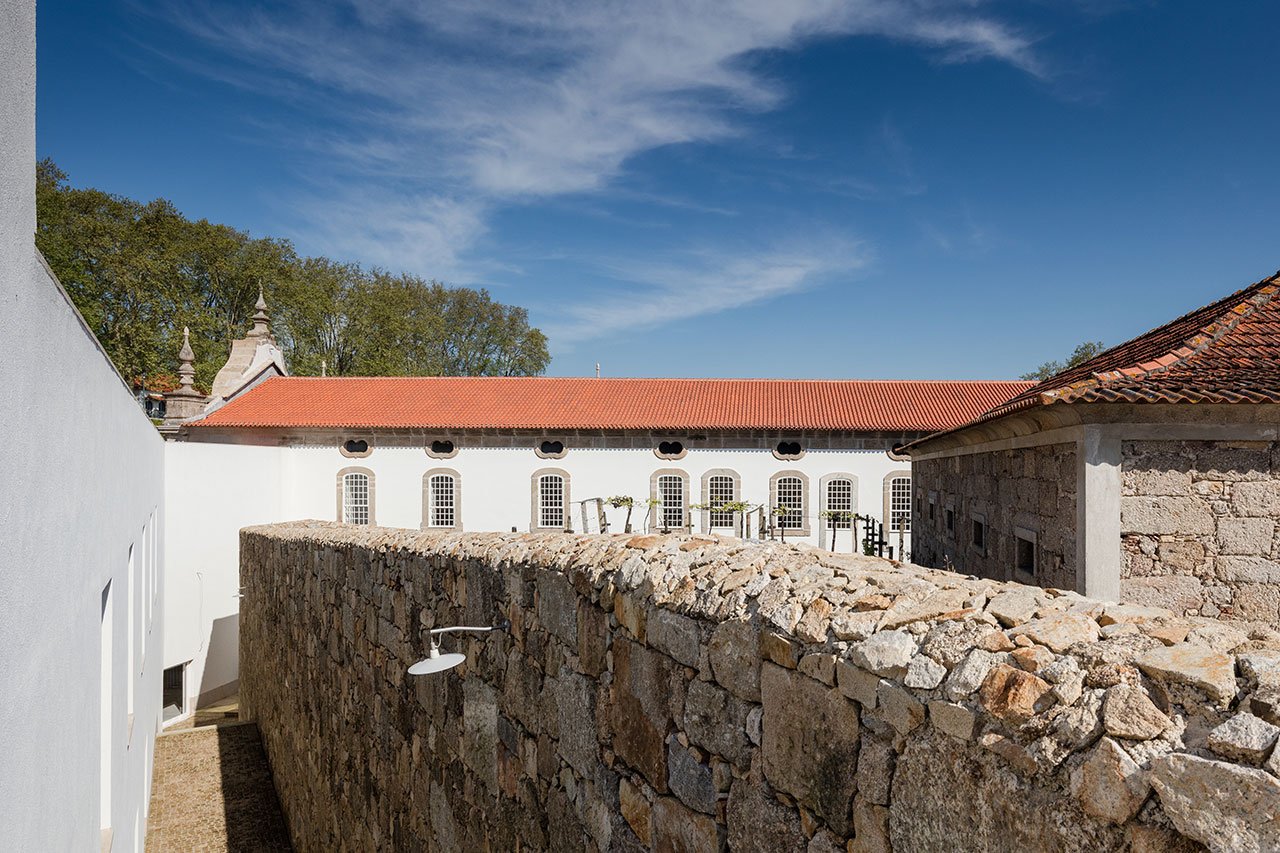
Photo by João Morgado.
Opened in 1989 and located on the top floor of the monastery’s former guesthouse, MMAP houses an archaeological collection across seven small galleries arranged in linear sequence as well as a small auditorium. The architects took great pains to restore the 18th century building—an elongated, rectangular volume of granite masonry with white-plastered facades, exposed granite for window frames, corner pillars and cornices and a gabled, clay-tiled roof—to its original composition, most evident in the front elevation where the old museum entrance and a small extension on the east side, both added in 1842, were effaced, the former replaced by a window as originally designed, thereby reinstating the façade’s symmetry after almost two centuries.
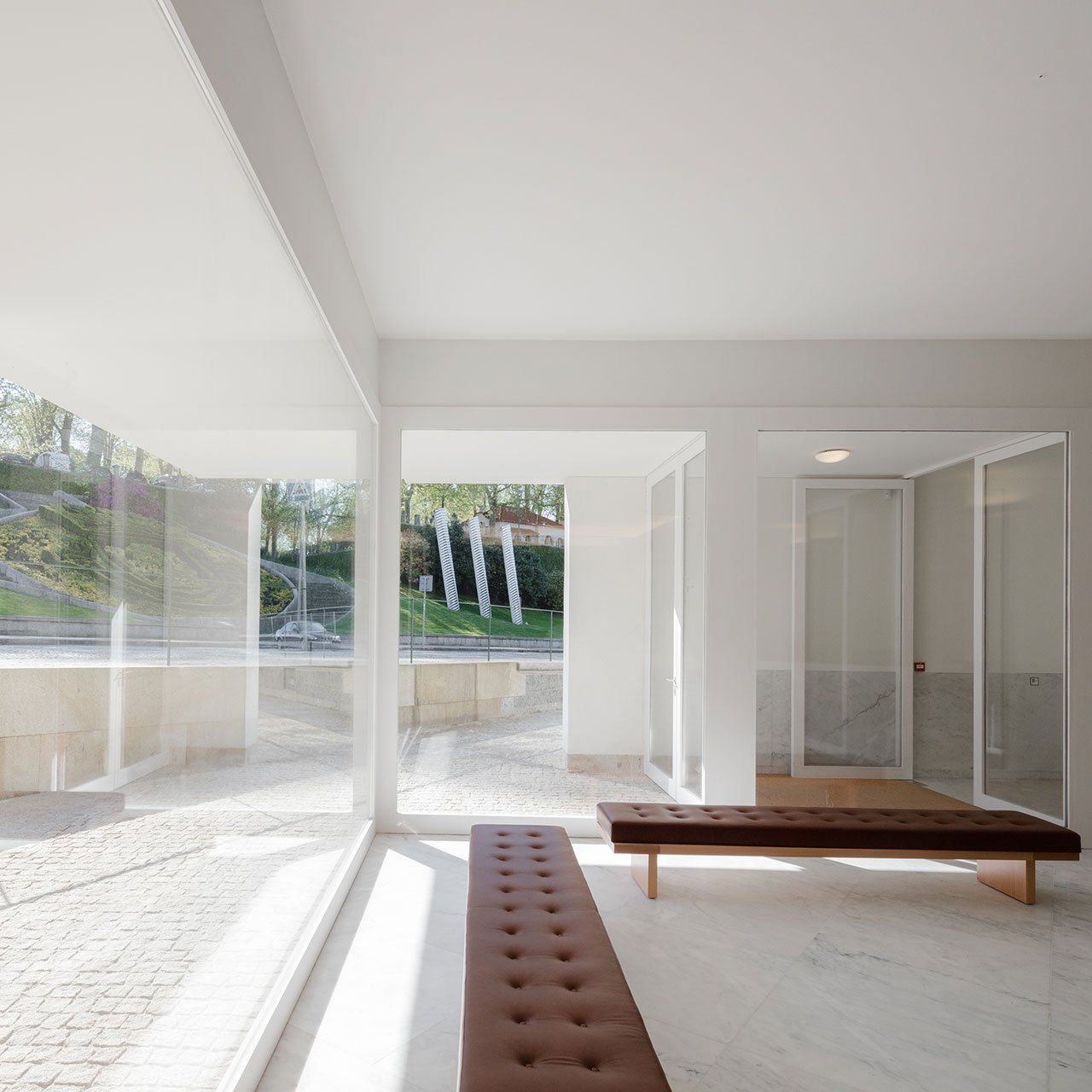
Photo by João Morgado.
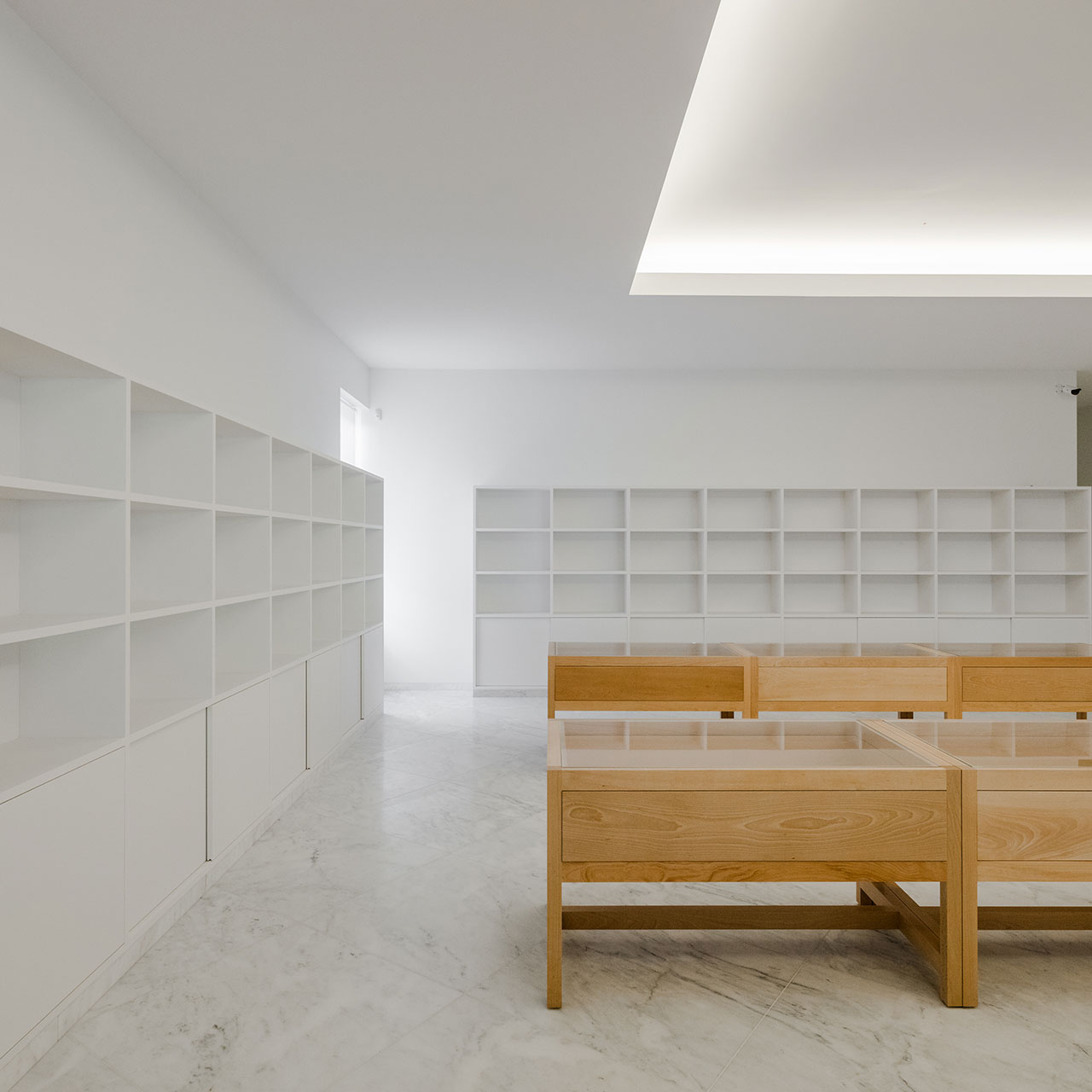
Photo by João Morgado.
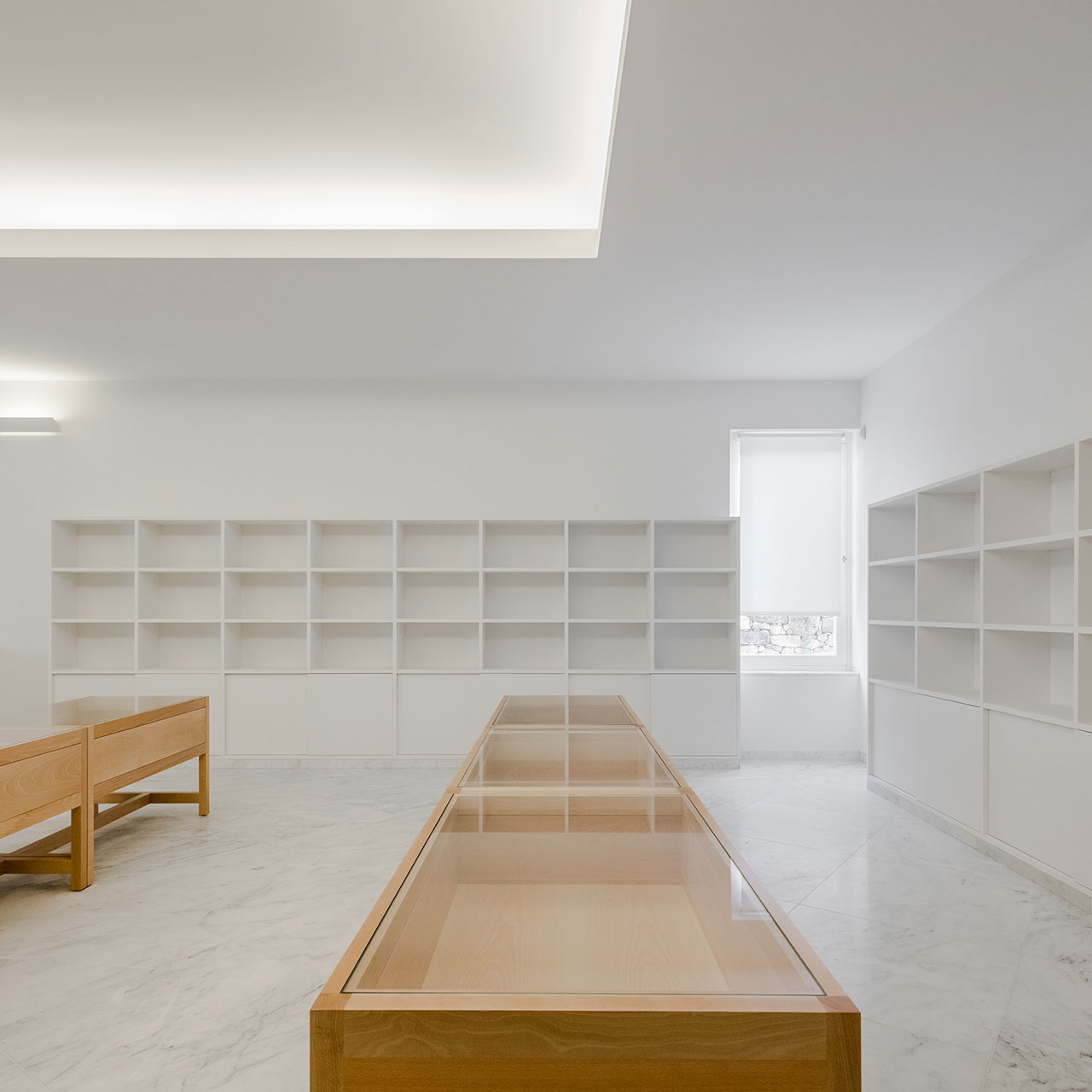
Photo by João Morgado.
The new entrance to both museums is now through the new building of the MIEC, which was designed as a slender rectangular volume, white-plastered and window-less, with a granite skirting and a flat, clay-tiled roof—namely a minimal, stripped-down version of the MMAP, its modest presence reinforced by the fact that it rises only to the height of the convent’s cornice. Running parallel to the monastery’s north wall at an angle to the existing edifice, the two buildings are hinged together by an enclosed passage that connects them. Inside, the spaces—which include a café, administration offices and an exhibition area on the ground floor and a multi-purpose exhibition space and educational facilities on the basement level—retain the minimal aesthetic of the exterior with white walls and light-hued marble used throughout for flooring and wall paneling as well as for cladding the main staircase.
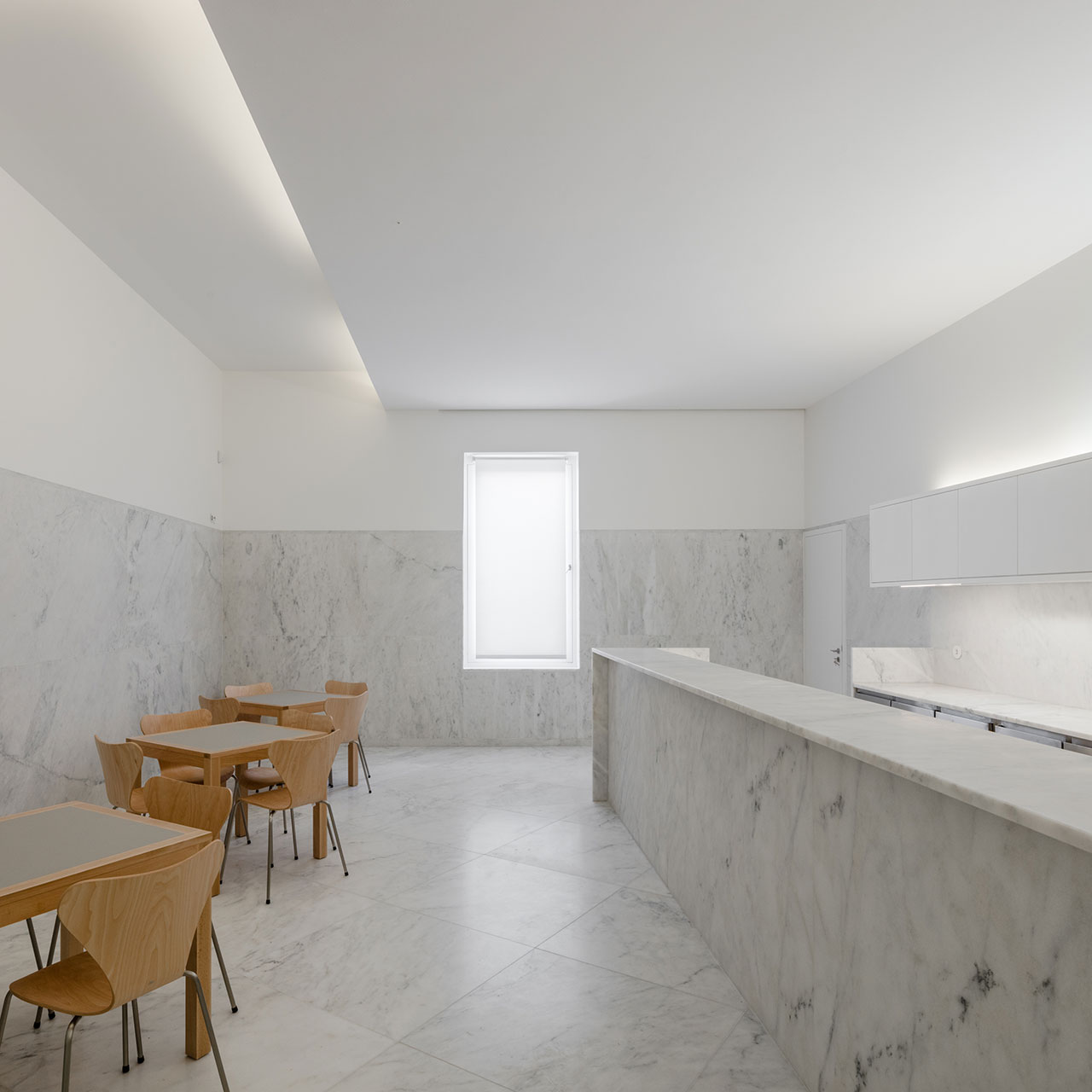
Photo by João Morgado.
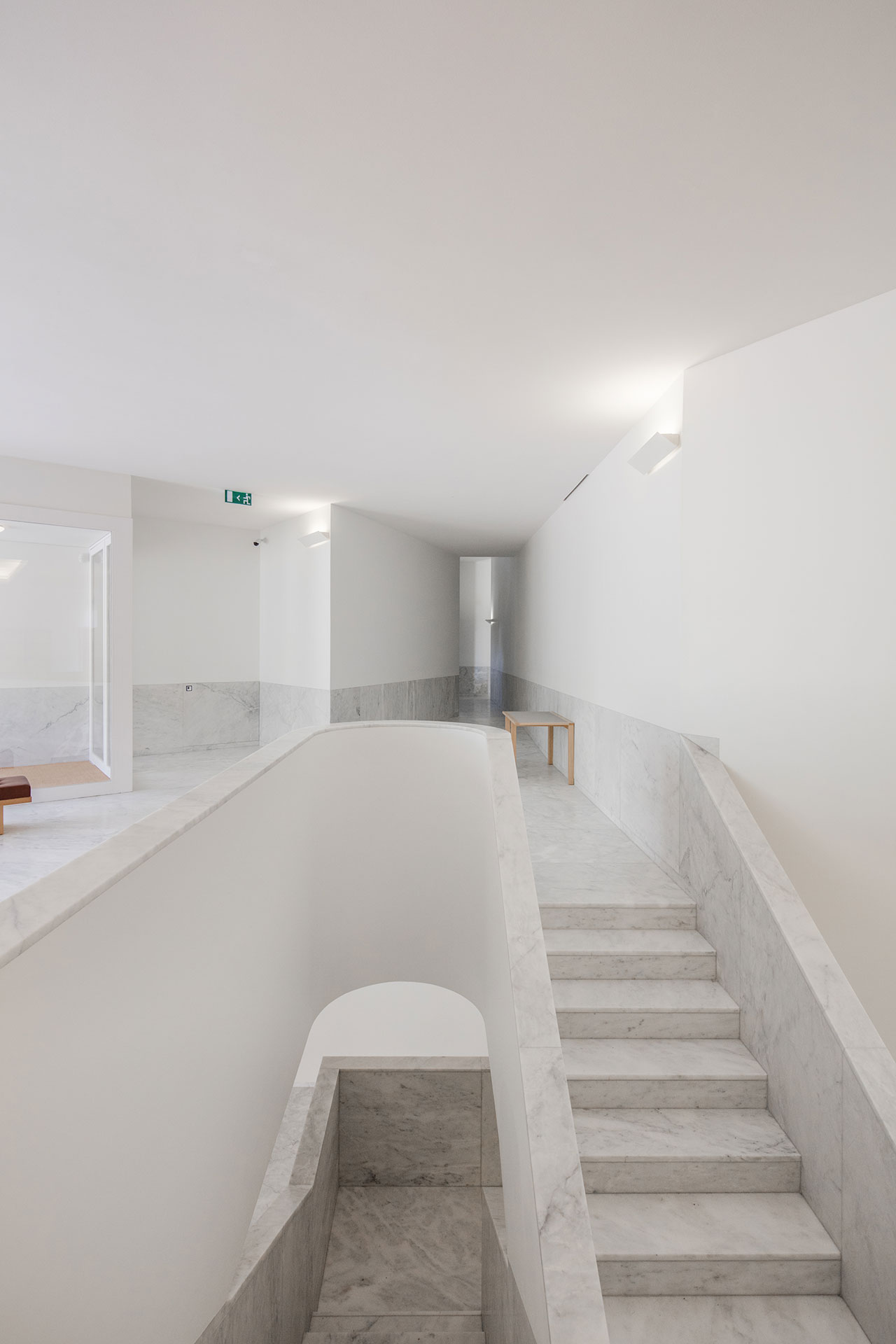
Photo by João Morgado.
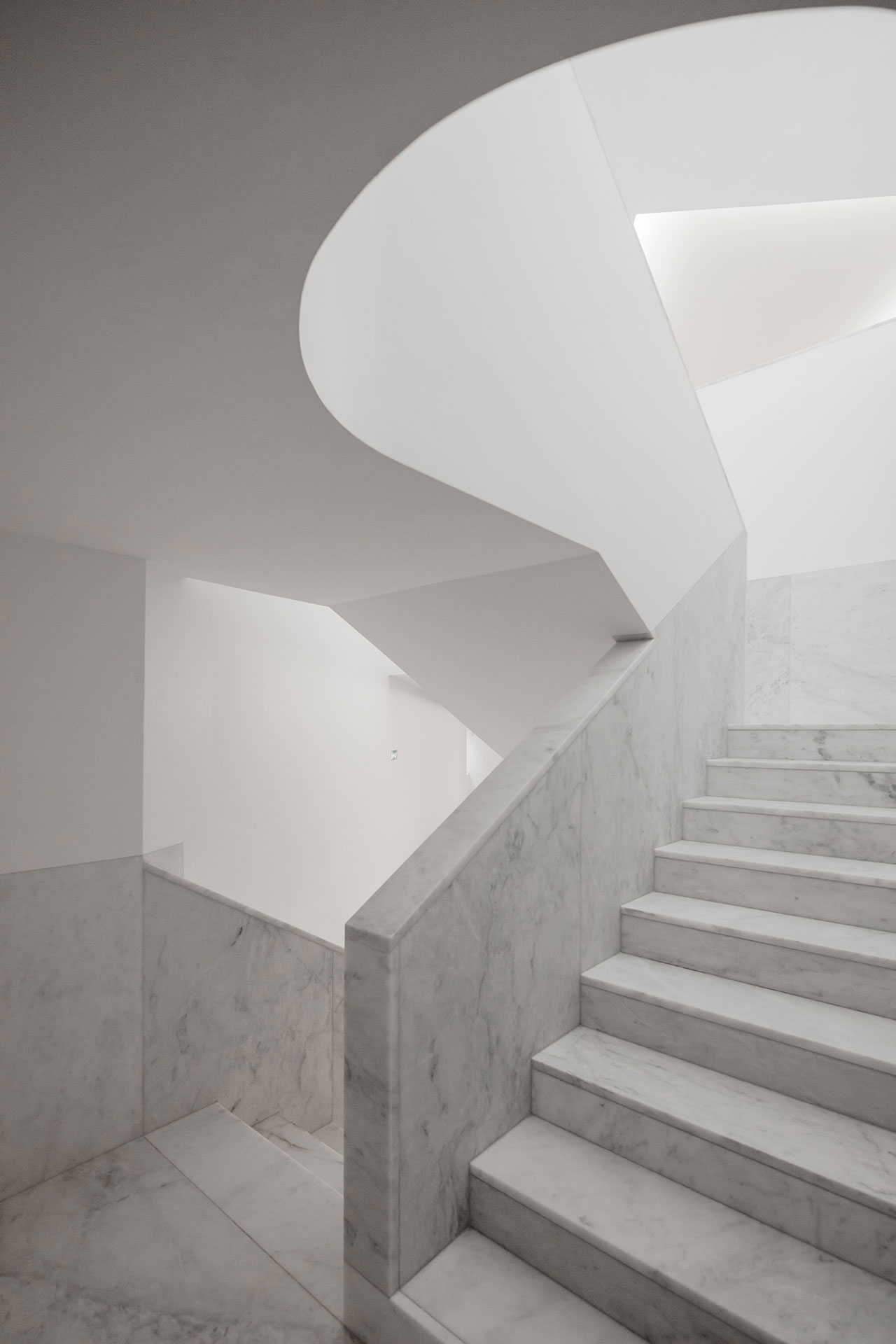
Photo by João Morgado.
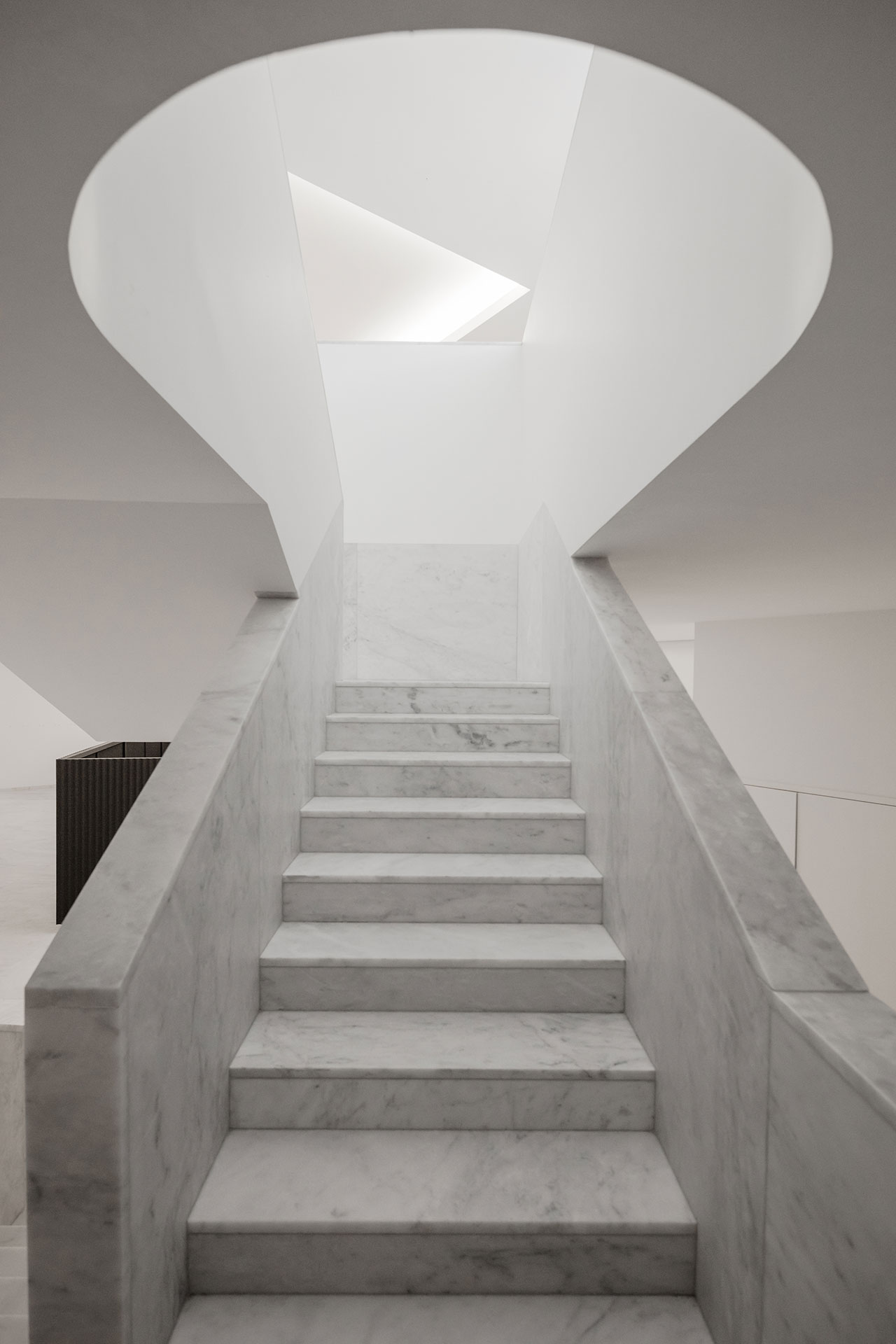
Photo by João Morgado.
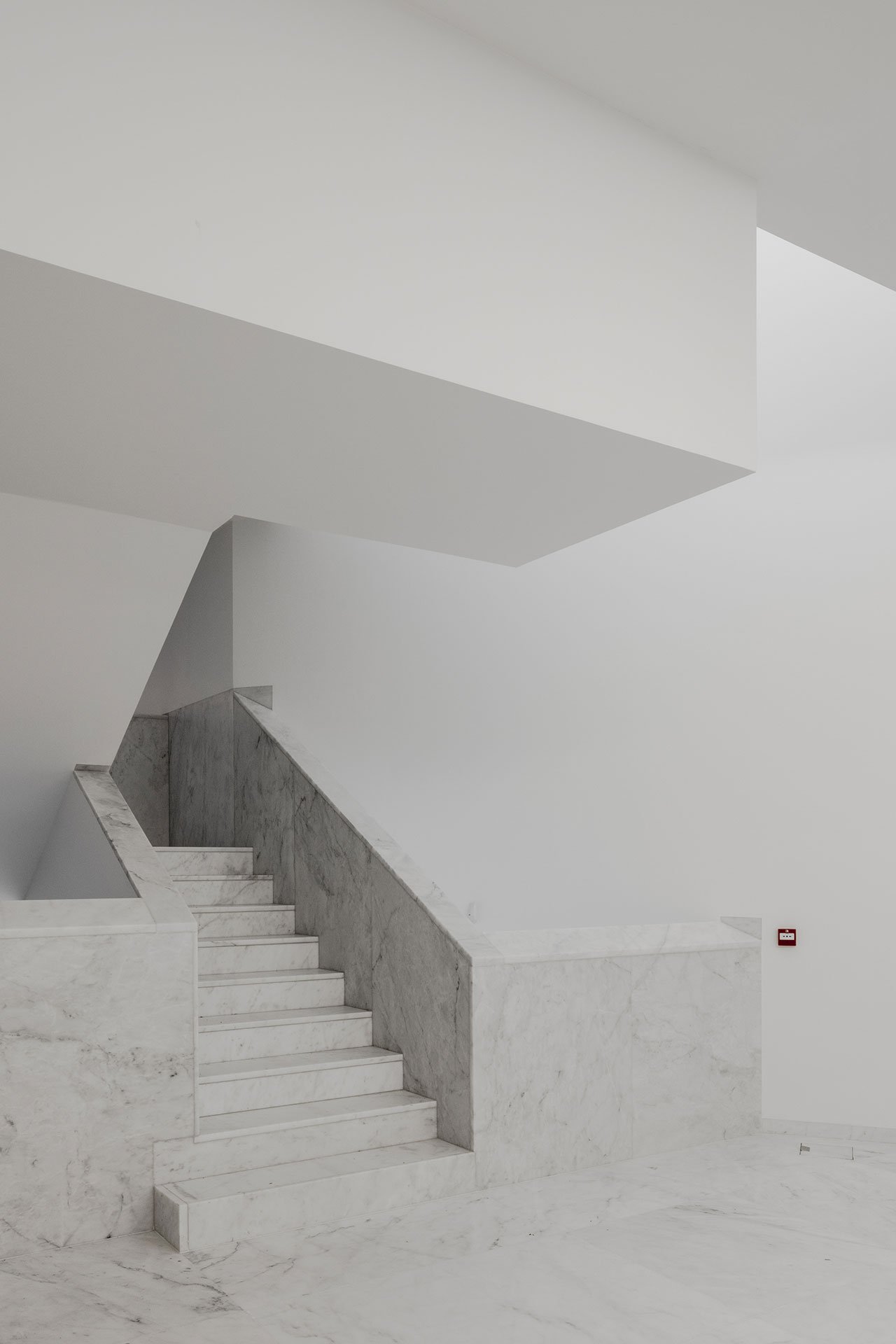
Photo by João Morgado.
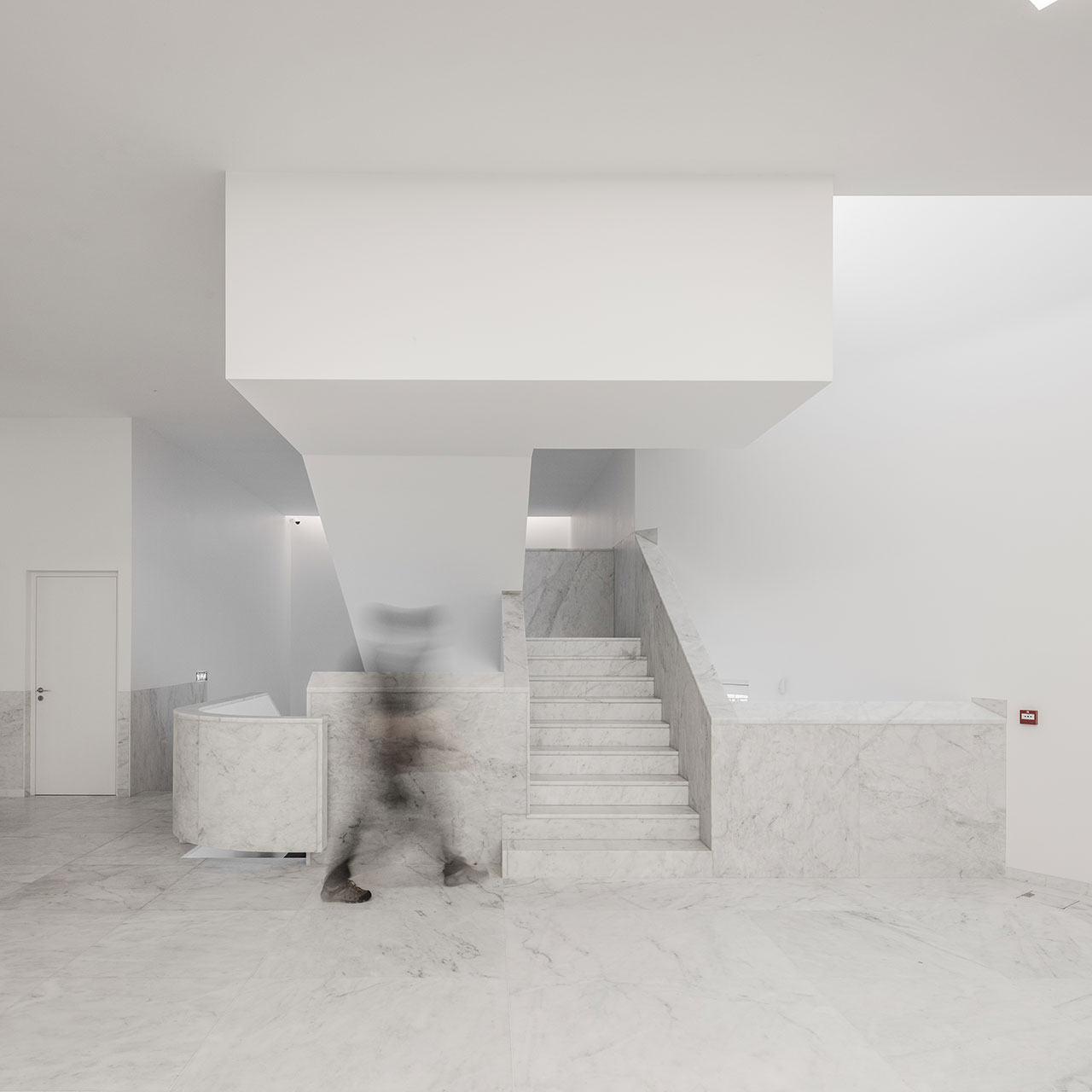
Photo by João Morgado.
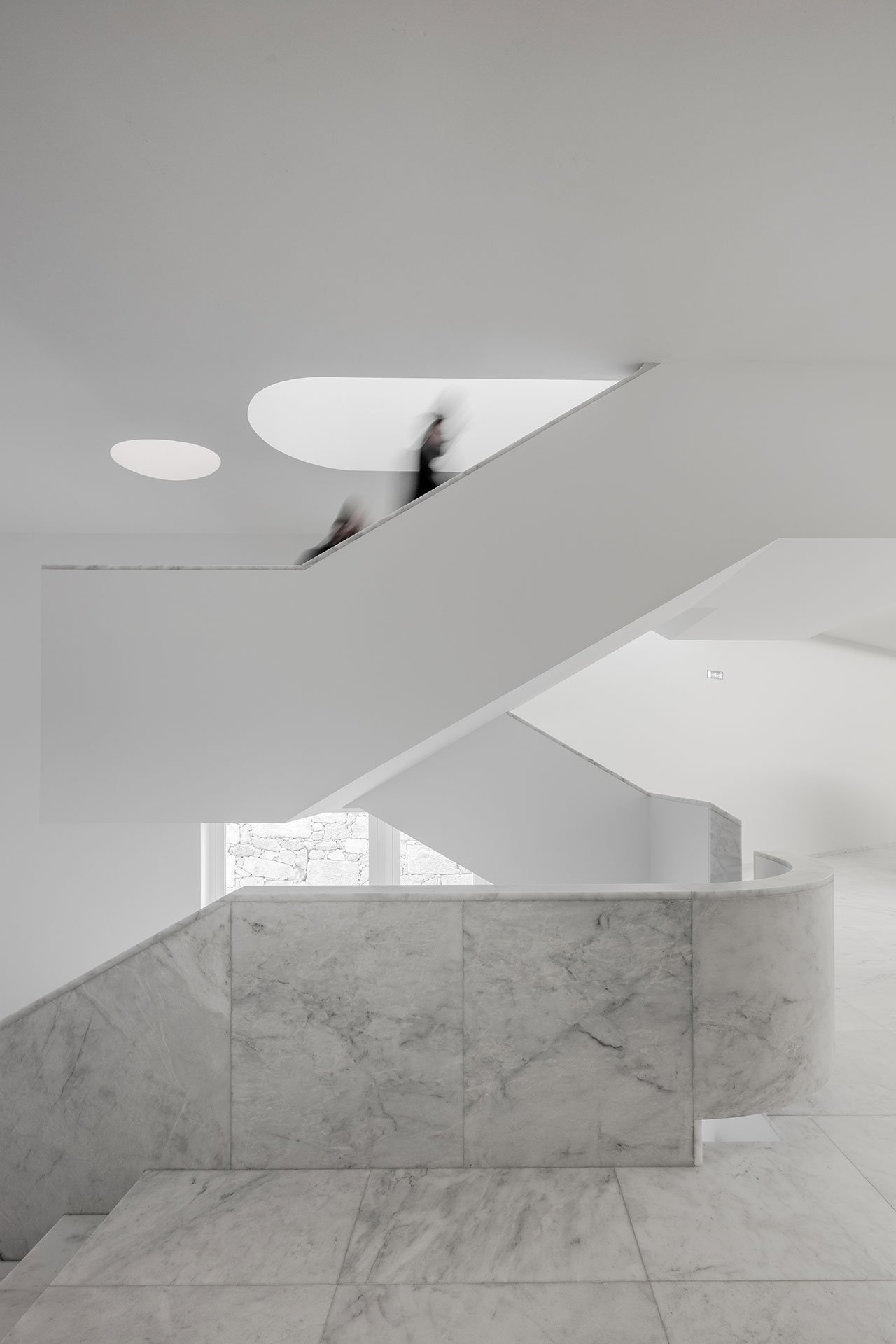
Photo by João Morgado.
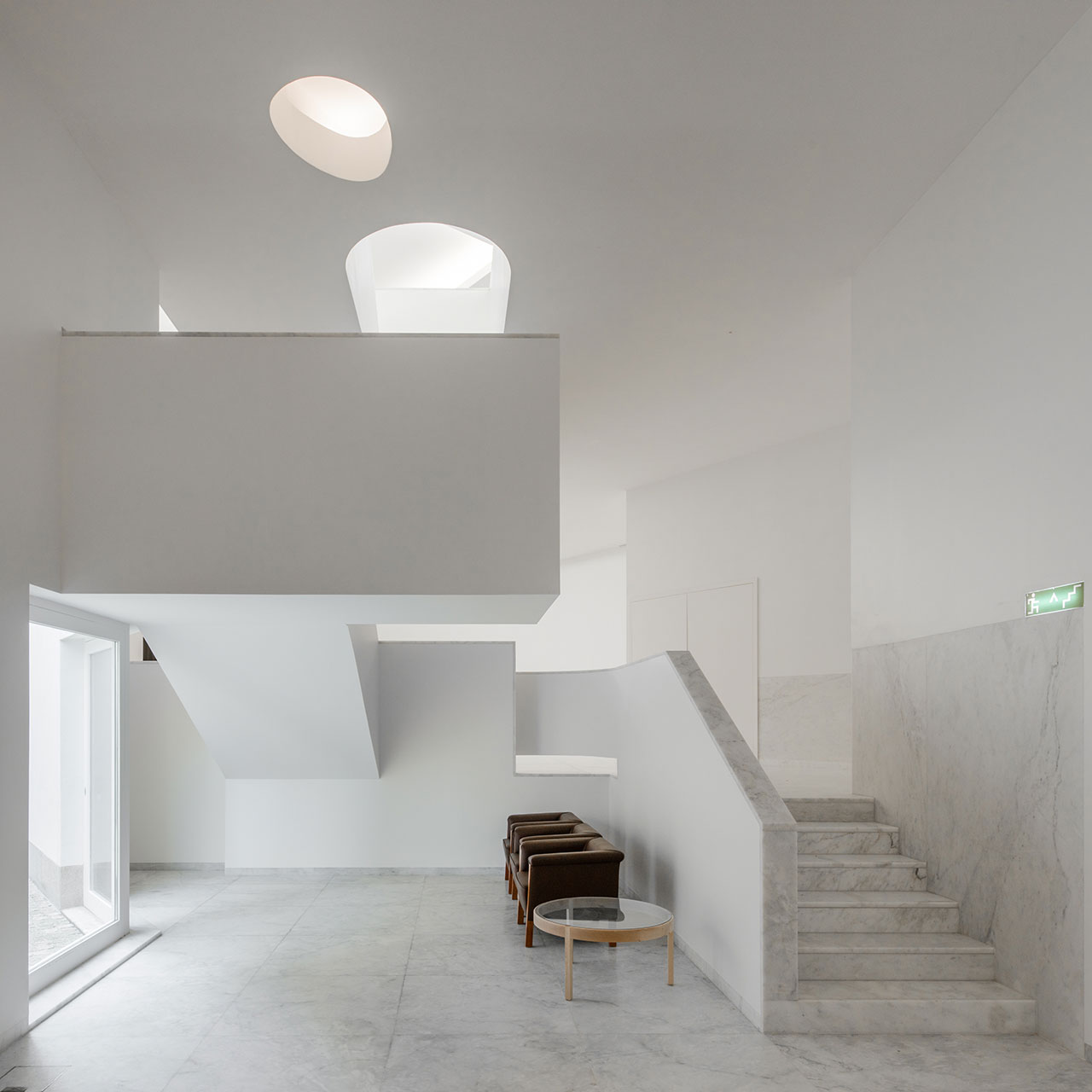
Photo by João Morgado.
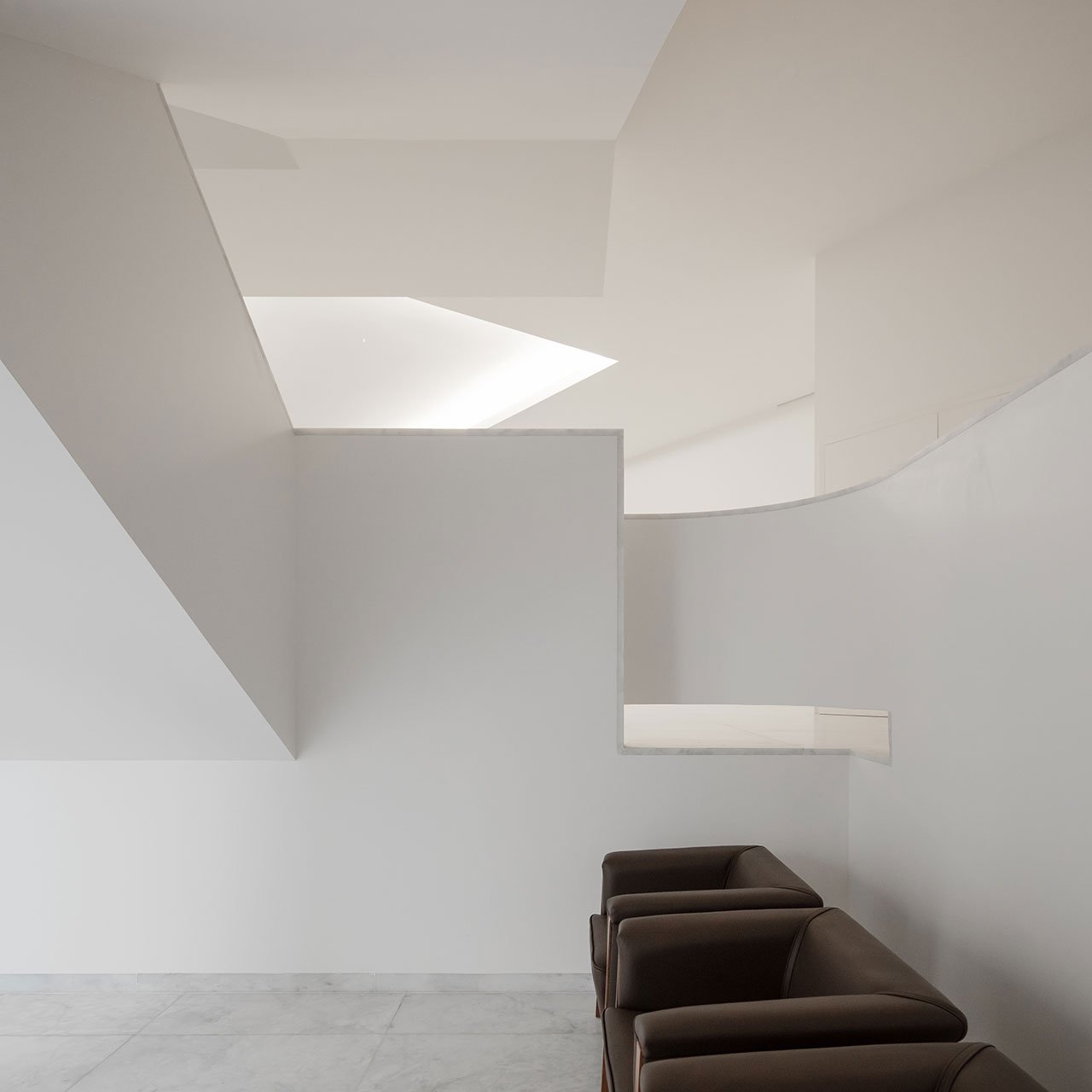
Photo by João Morgado.
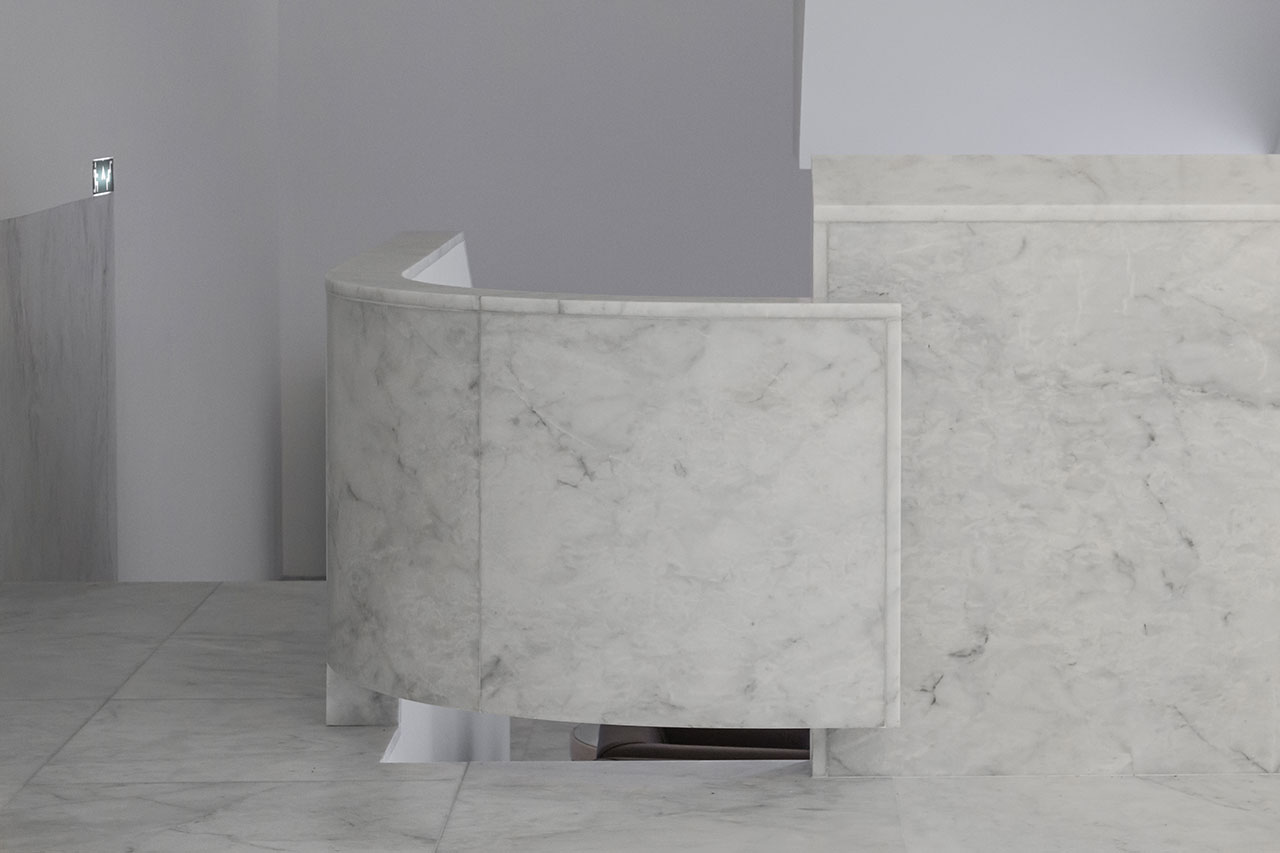
Photo by João Morgado.
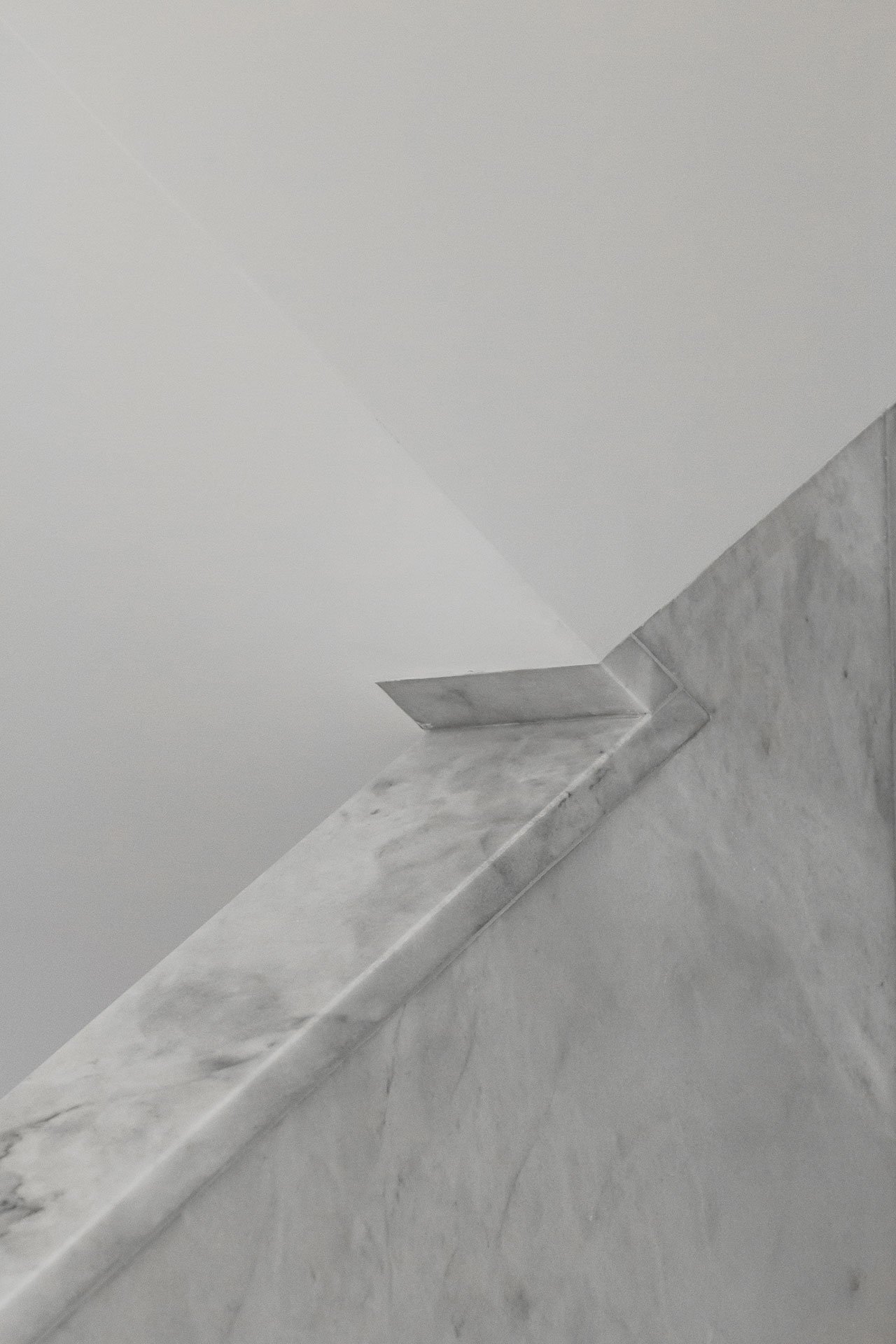
Photo by João Morgado.

Photo by João Morgado.
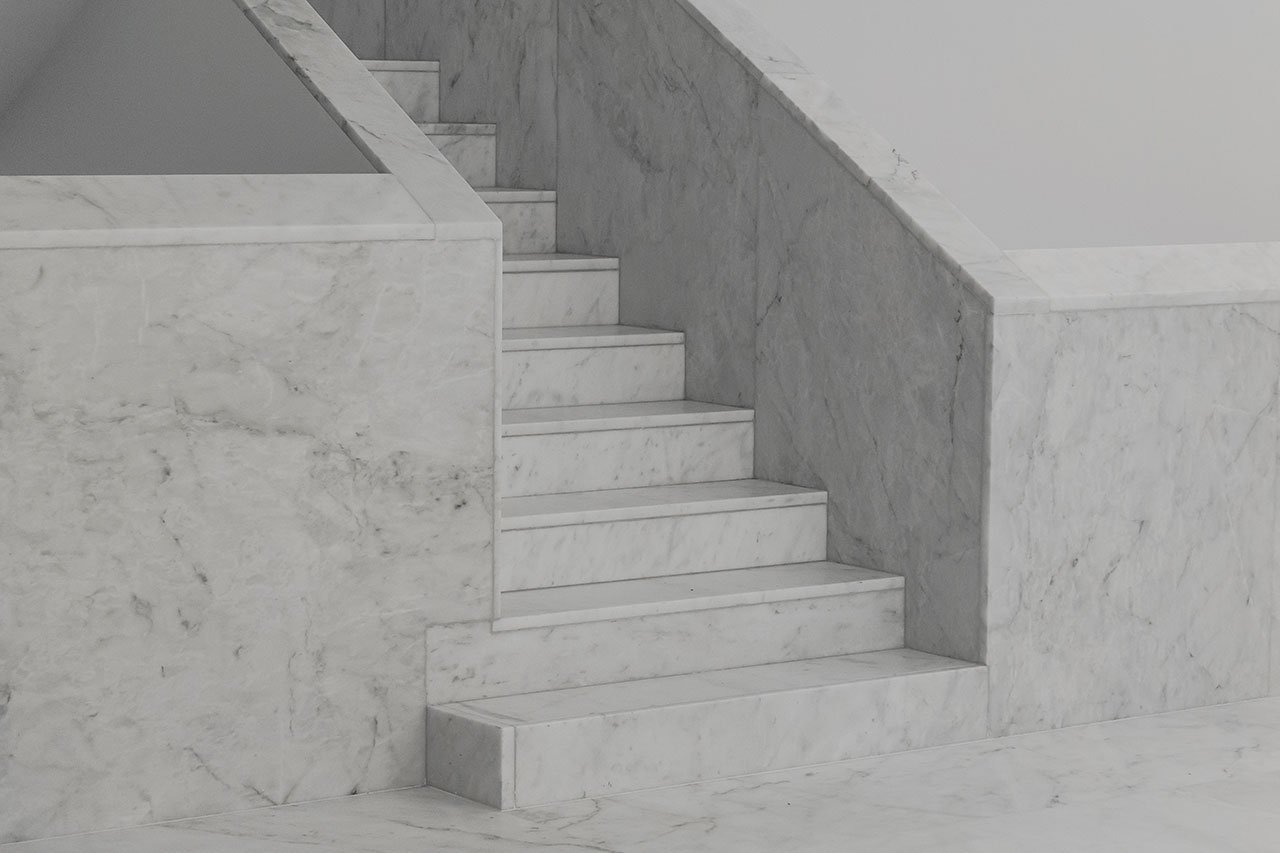
Photo by João Morgado.
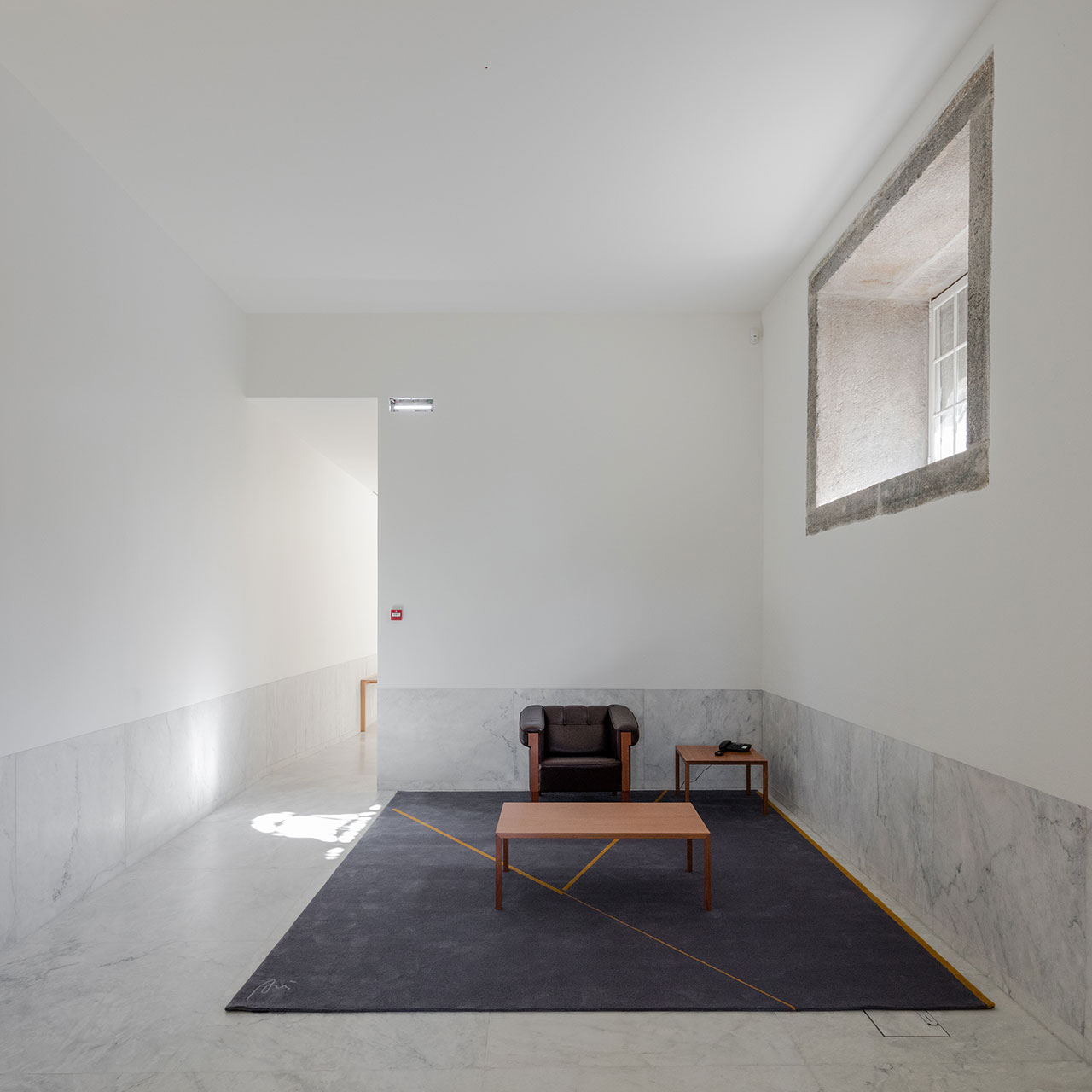
Photo by João Morgado.
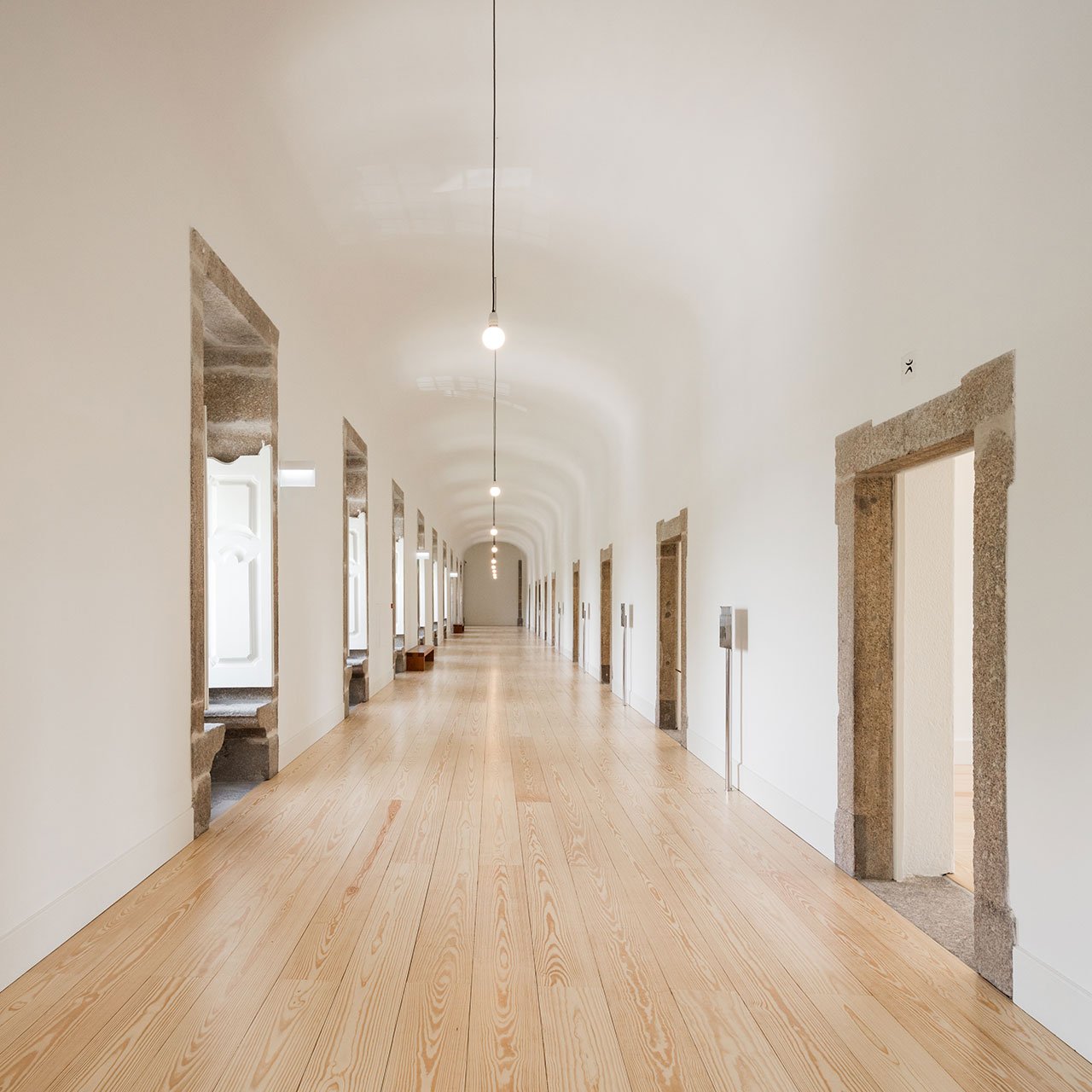
Photo by João Morgado.
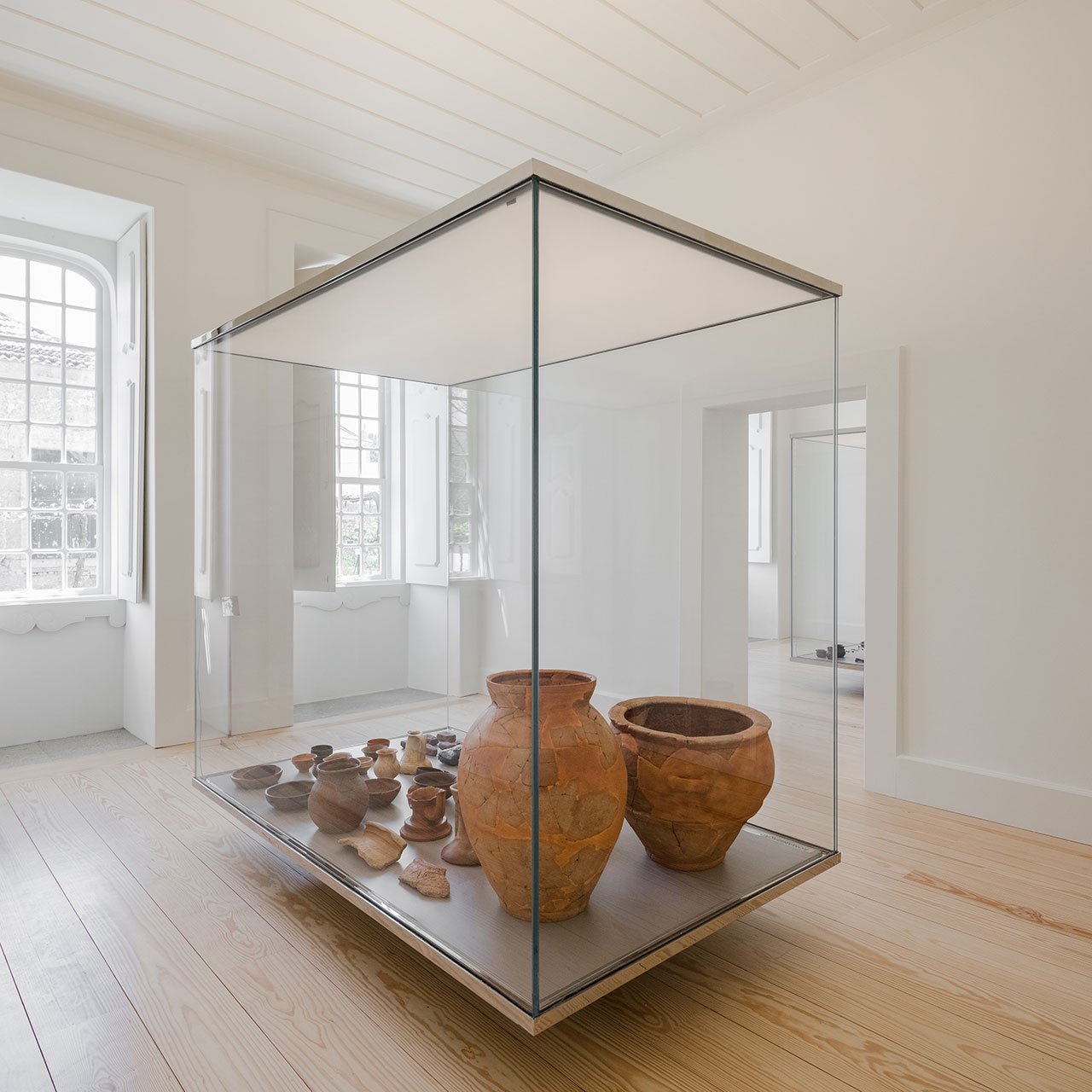
Photo by João Morgado.
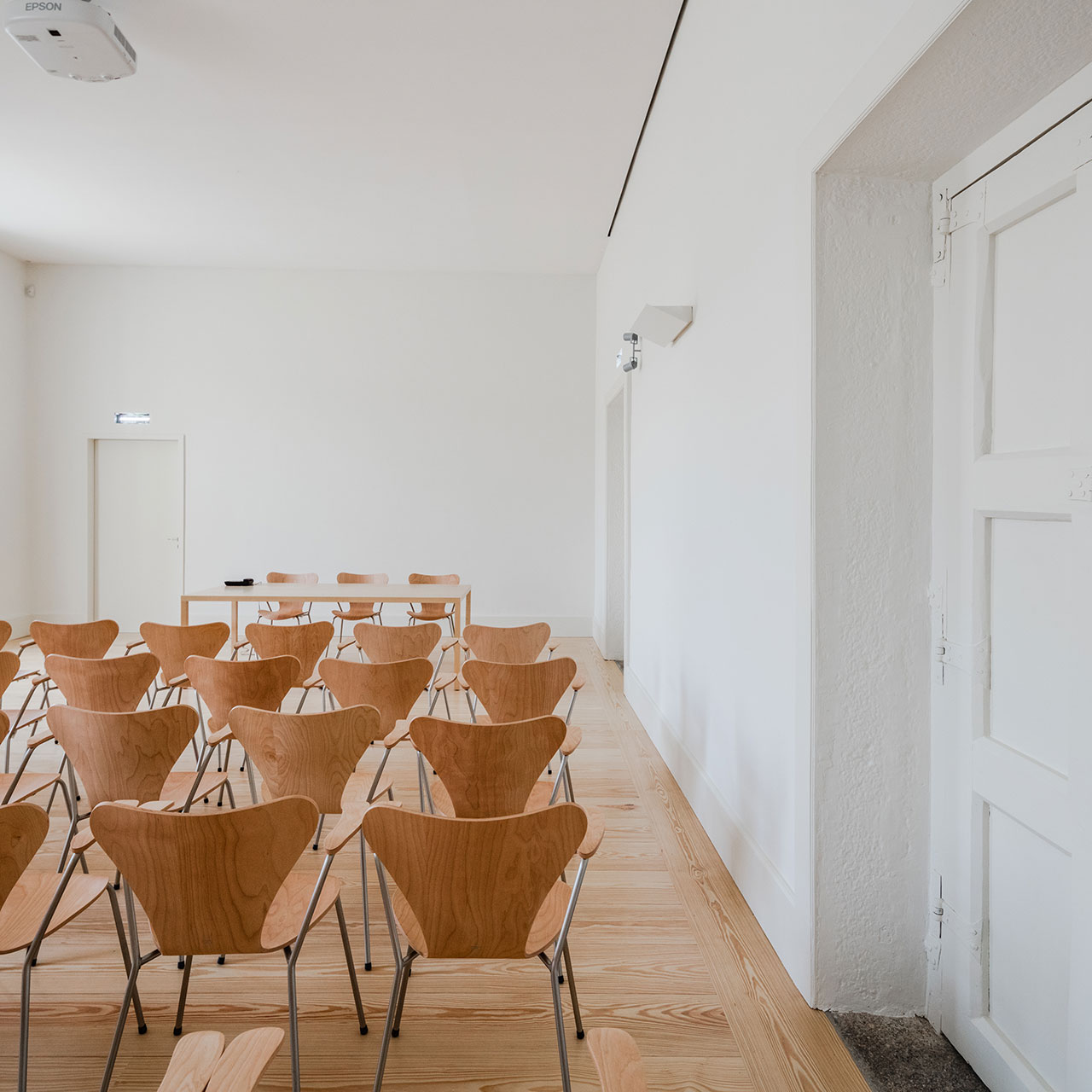
Photo by João Morgado.
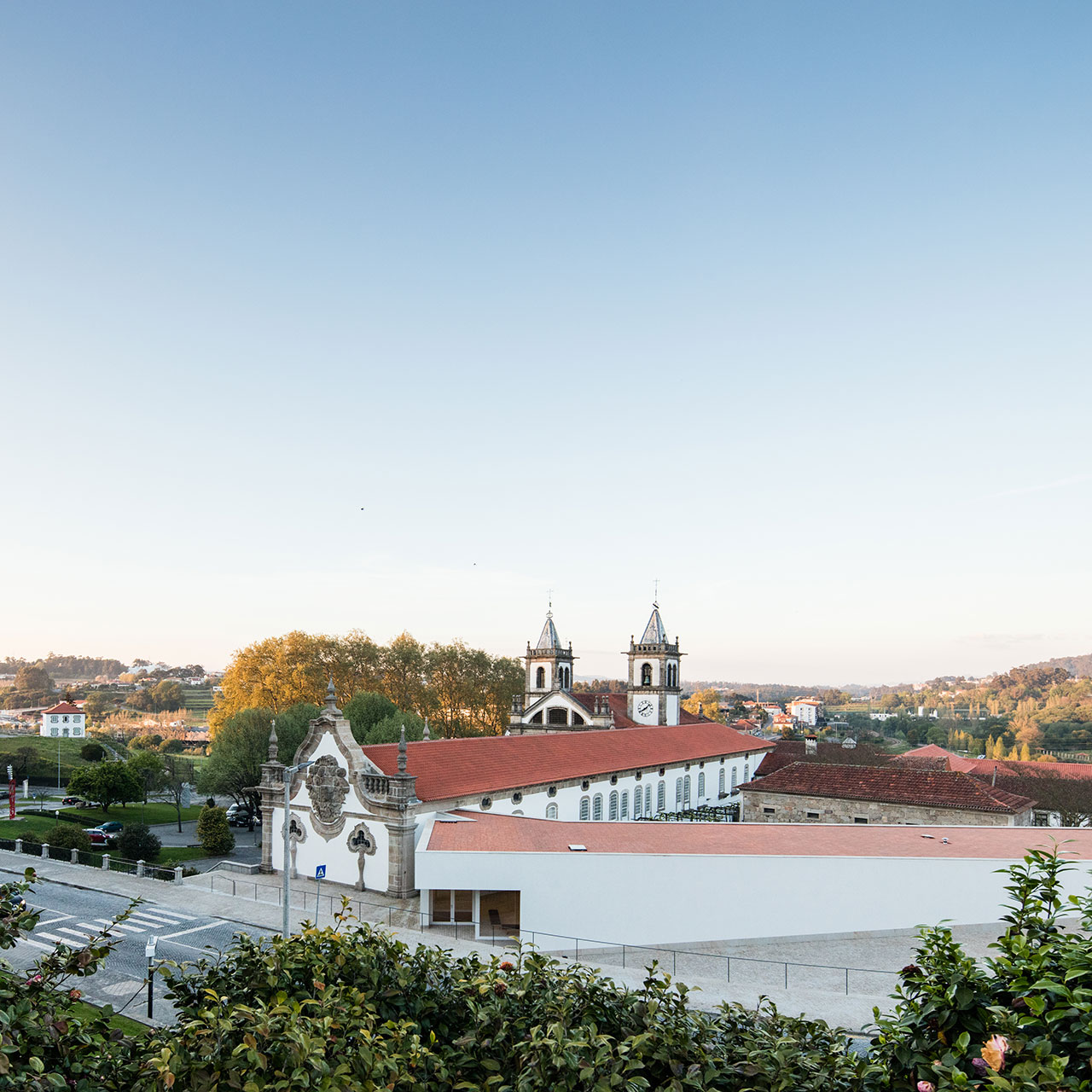
Photo by João Morgado.
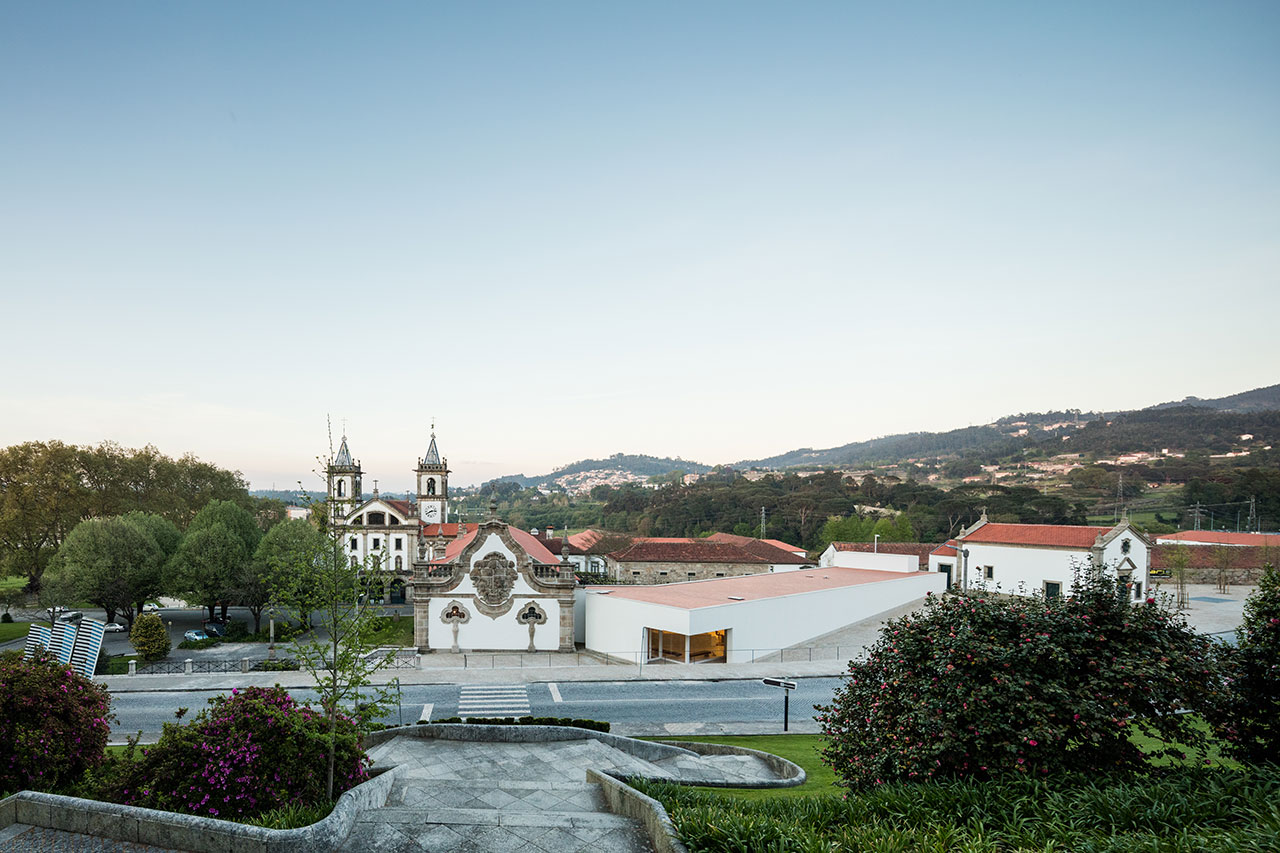
Photo by João Morgado.
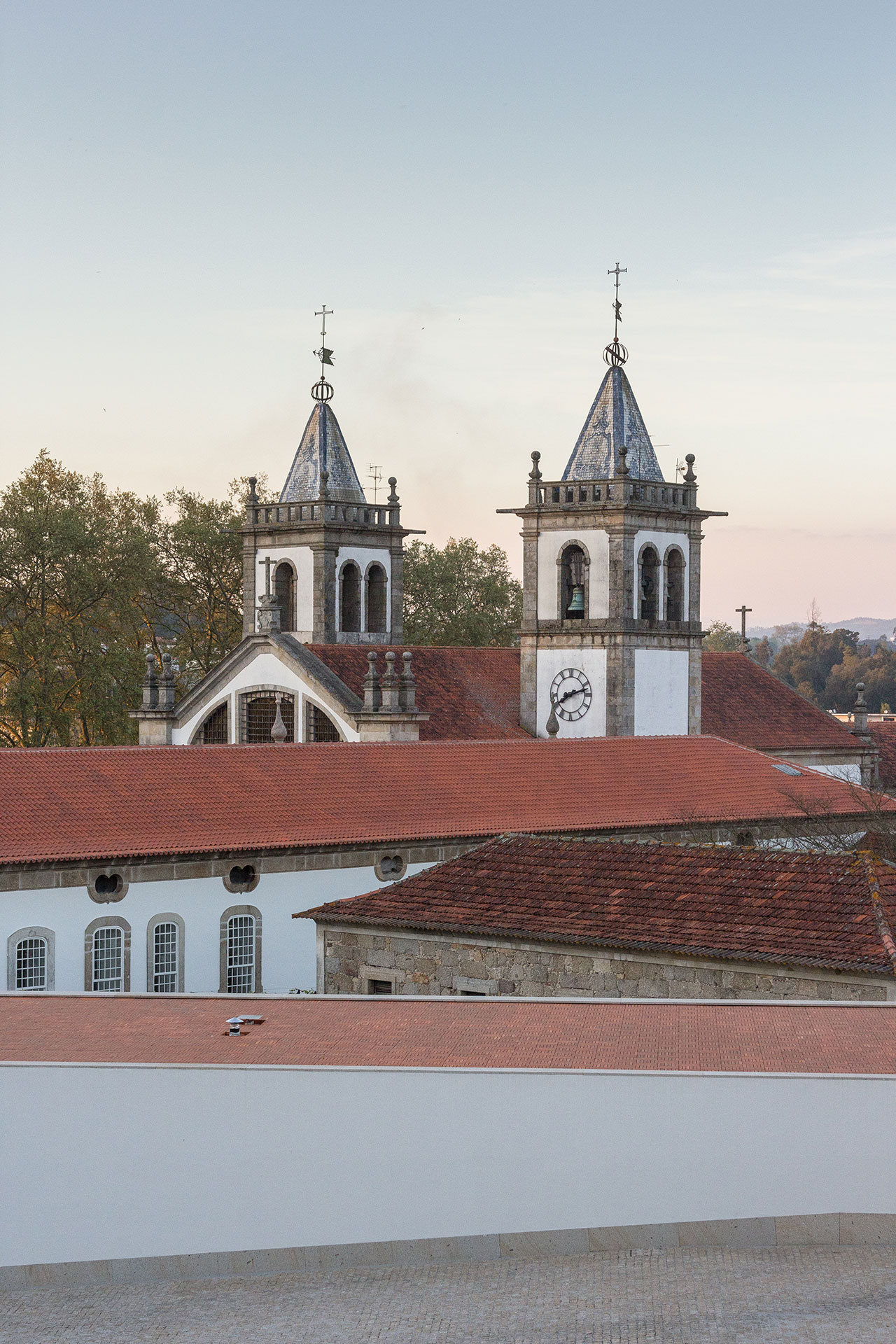
Photo by João Morgado.
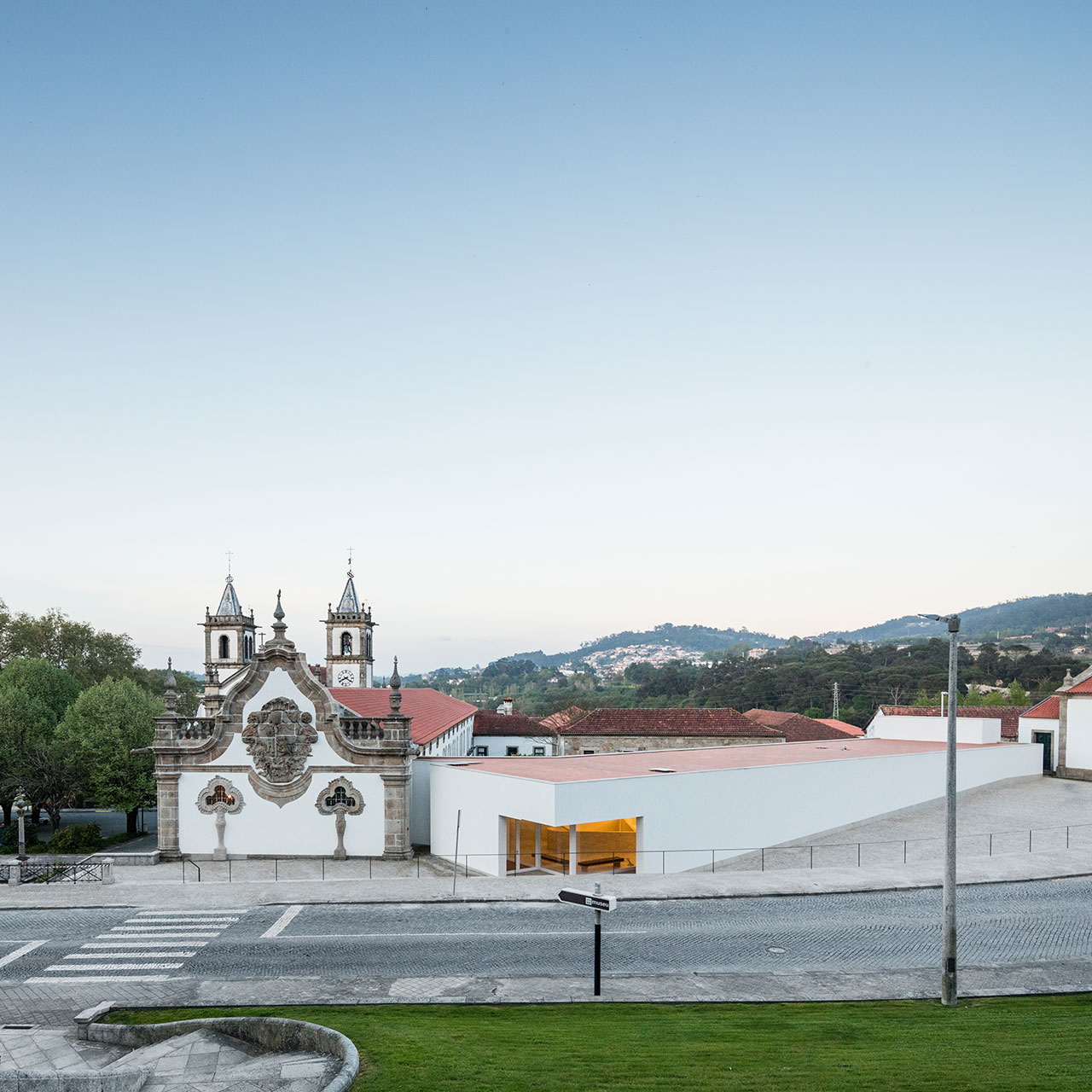
Photo by João Morgado.
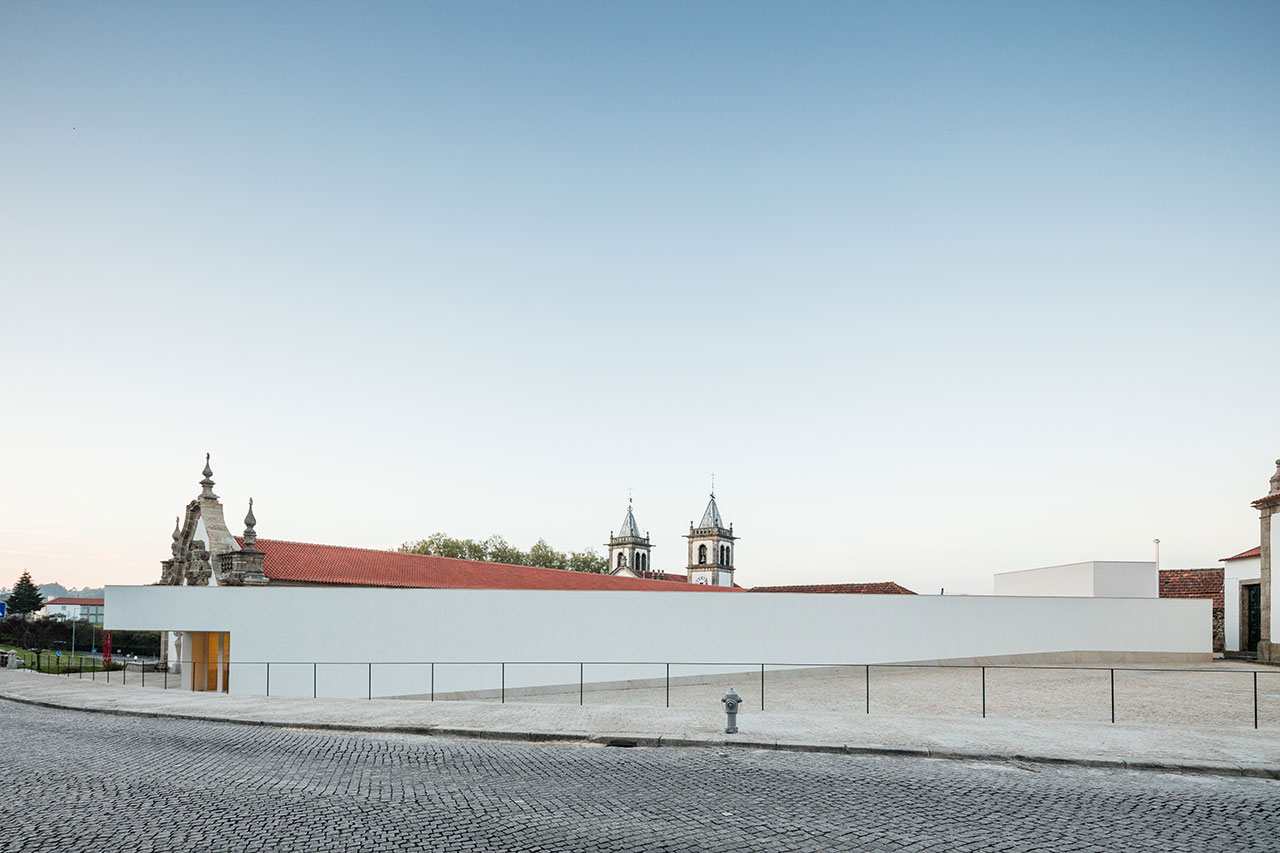
Photo by João Morgado.
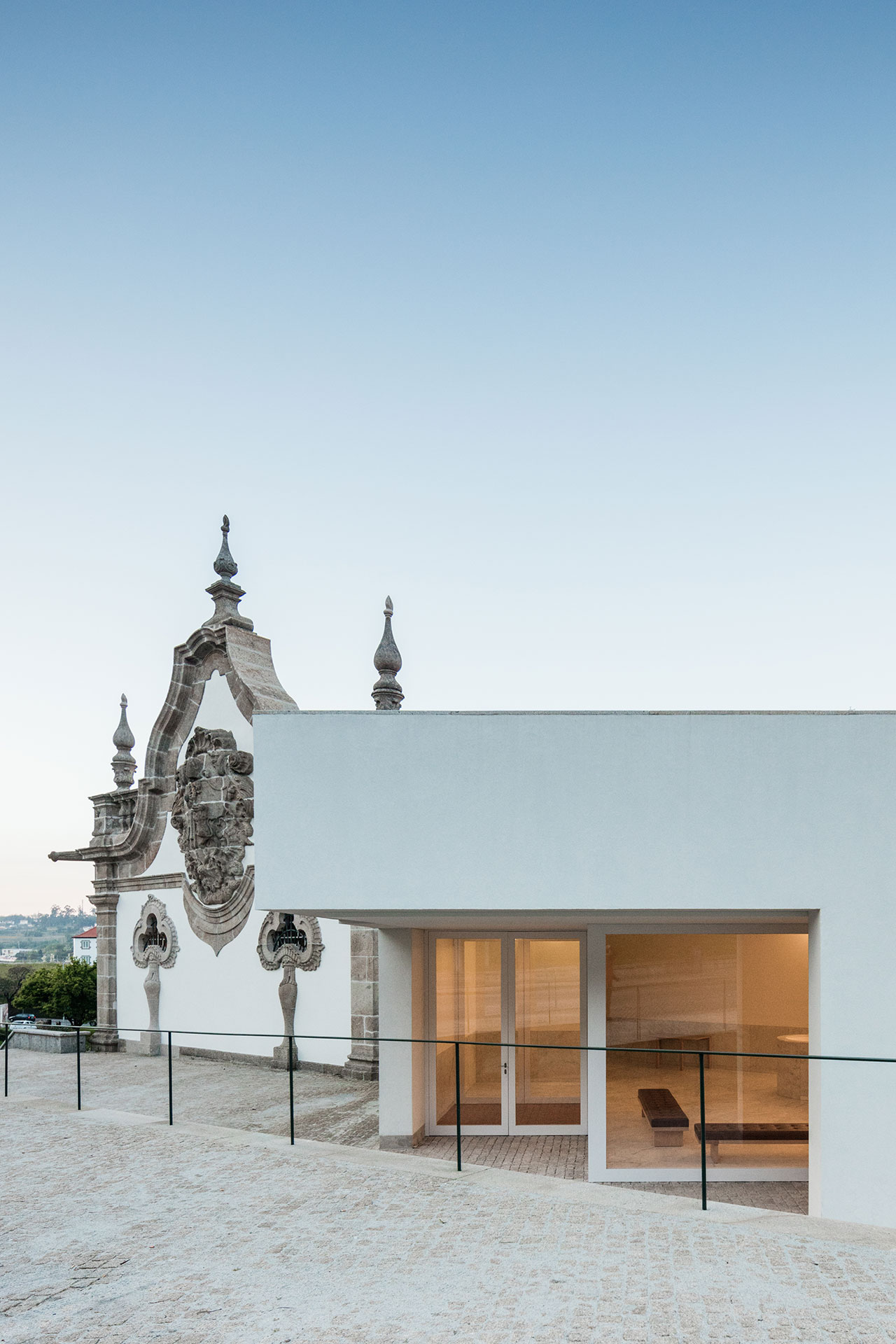
Photo by João Morgado.
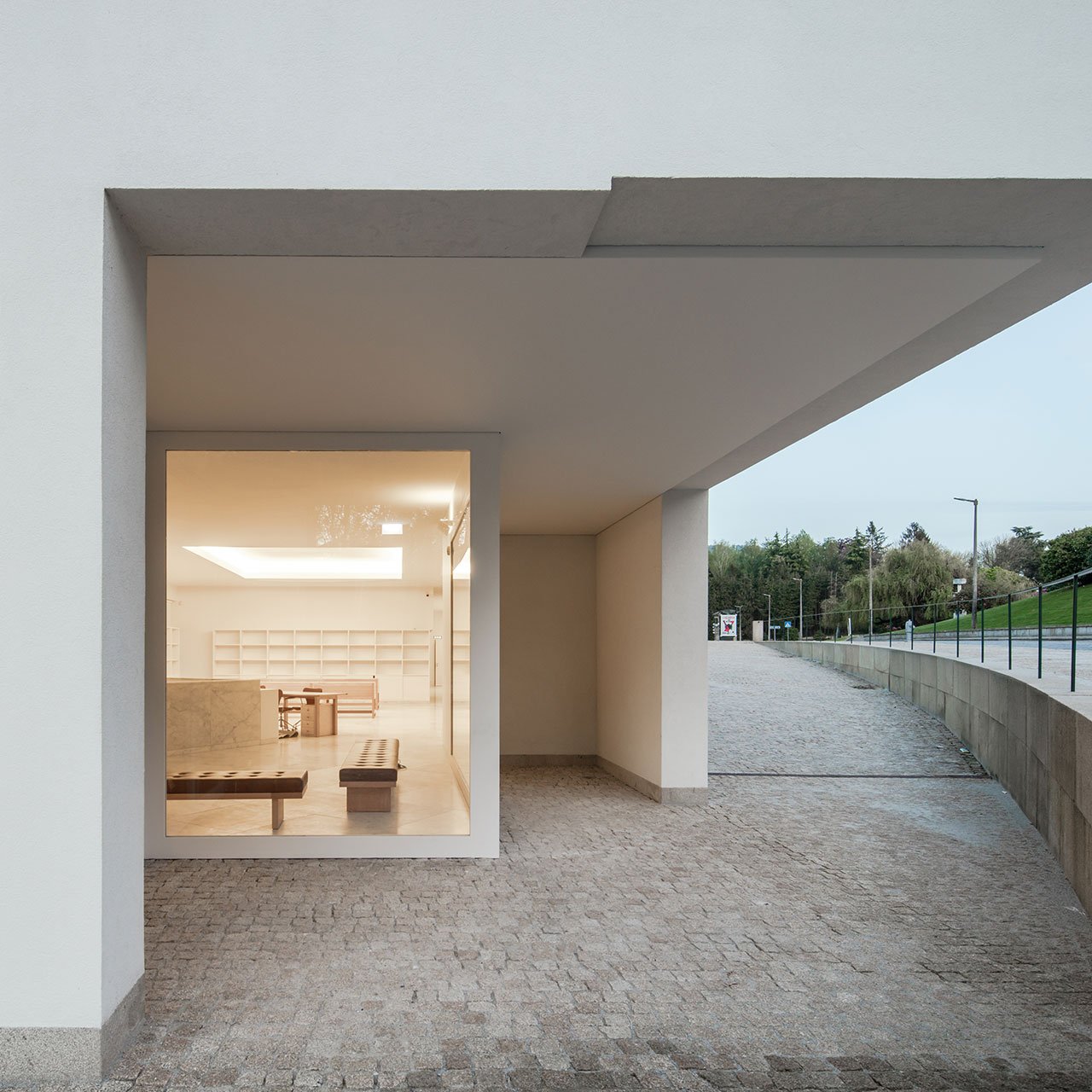
Photo by João Morgado.
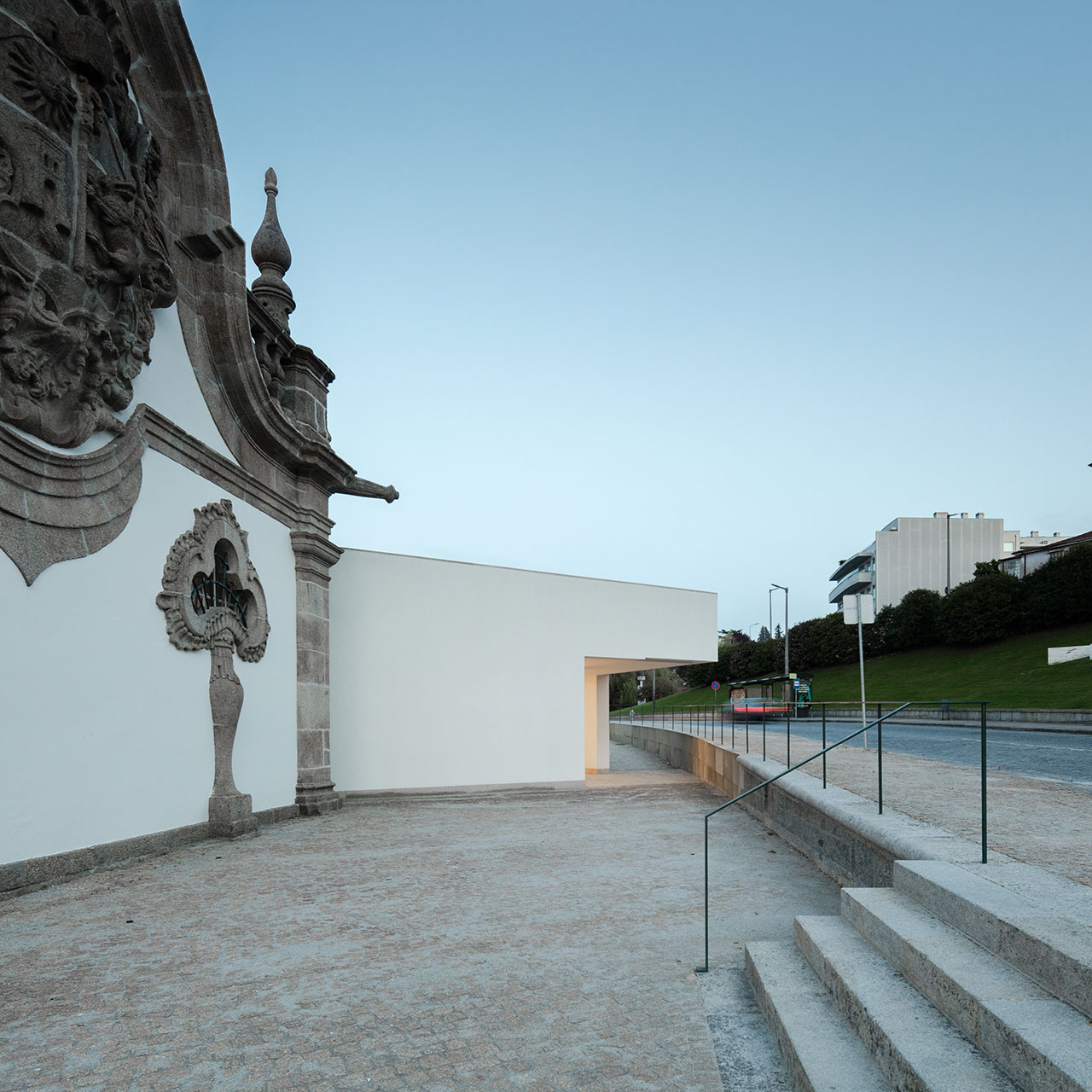
Photo by João Morgado.
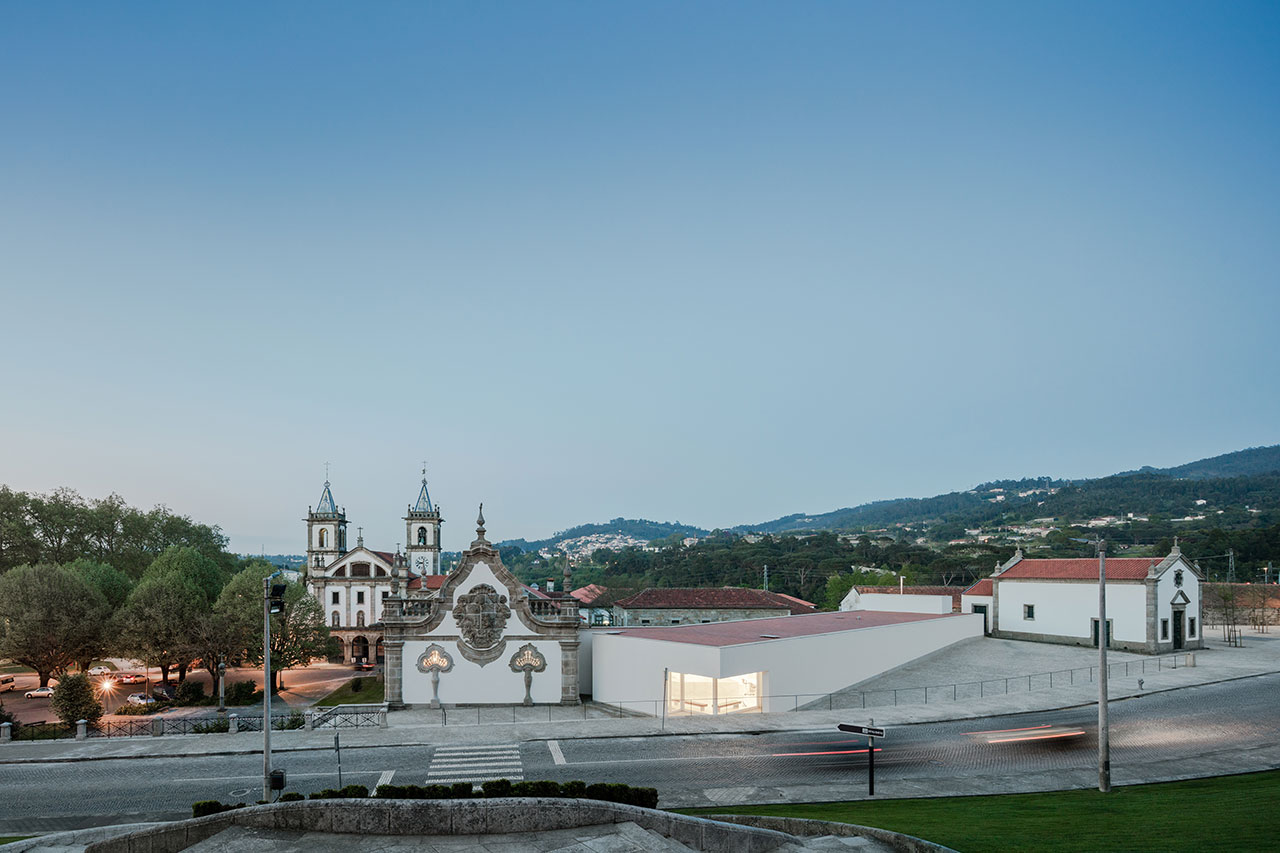
Photo by João Morgado.














